 |
 |
 |
 |
 |
 |
 |
 |
 |
 |
 |
| Last Updated: Mon Feb 11 18:47:58 UTC 2019 |
 |
 |
 |
 |
 |
 |
 |
 |
 |
 |
 |
| Last Updated: Mon Feb 11 18:47:58 UTC 2019 |
| Australian Suburban Wildlife (Page
IIA) |
 |
|
Mundane
as
Australian
suburbia
might
be,
we
often
do
get
interesting
visitors. This
multi-part
web
page series contains a selection
of recent
wildlife
pictures of interest, especially bird life, and some typical habitats.
The Clayton Campus of Monash University has a remarkably wide range of resident native birds, and the odd visitors, as well as a wide range of native flora. Photos and text ¿ 1997-2012 Carlo Kopp; Photographs produced using a Fuji S5600 5.1 MP, Fuji S5800 8.0 MP, Fuji HS10 10.3 MP, Mamiya 645/1000S and Nikon D90, using Mamiya Sekor C 210mm f/4.0, Sekor A 200mm f/2.8 APO, Nikkor 70-300mm f/4-5.6D ED, Nikkor 35mm f/1.8G DX and Tokina 20-35mm f/2.8 ATX Pro.. |
|
|
Musk LorikeetA
Musk Lorikeet feeding on eucalypt blossoms next to
Building 63, in August, 2012.
These attractive, loud and gregarious canopy
feeders are common across South-Eastern Australia, and increasingly
seen in urban areas. The large number of eucalypts at Clayton campus
frequently attract robust numbers of these birds (Nikkor 70-300mm f/4-5.6D
ED / D90).
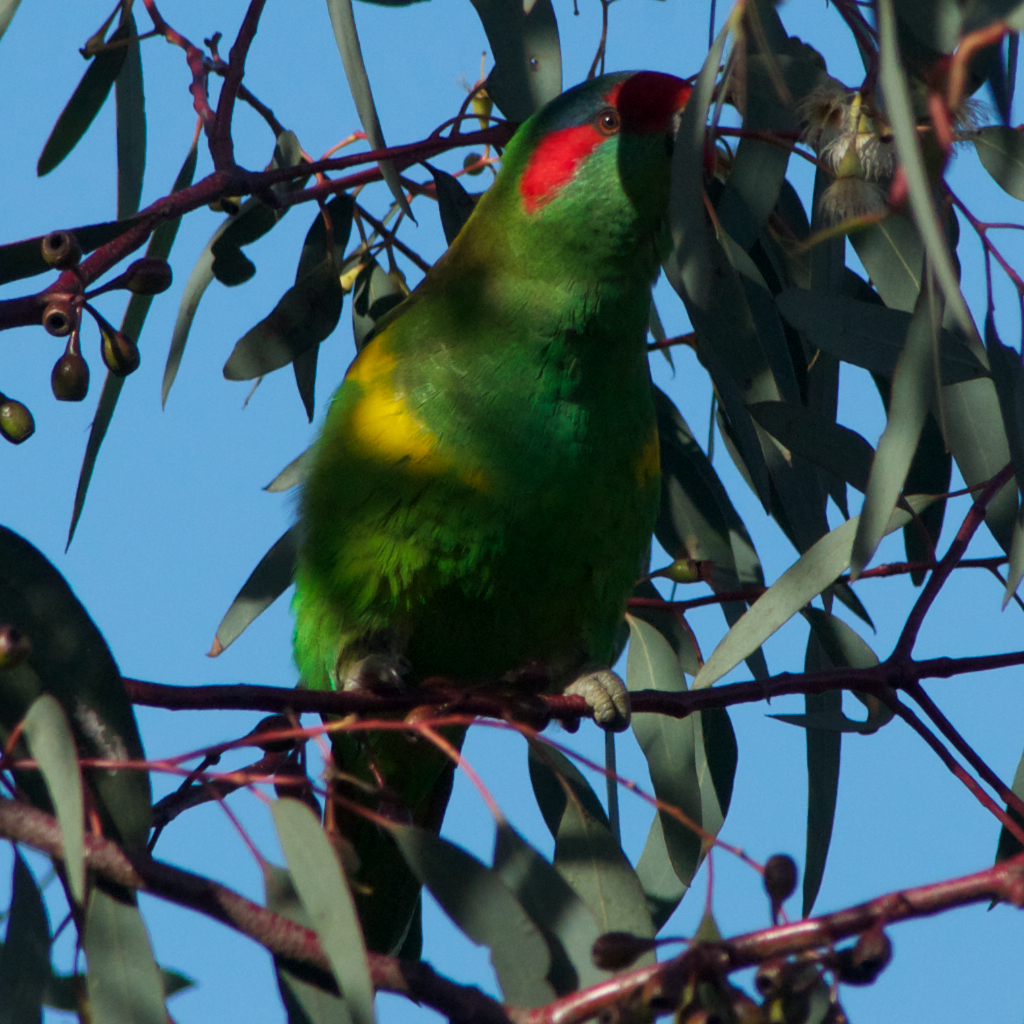 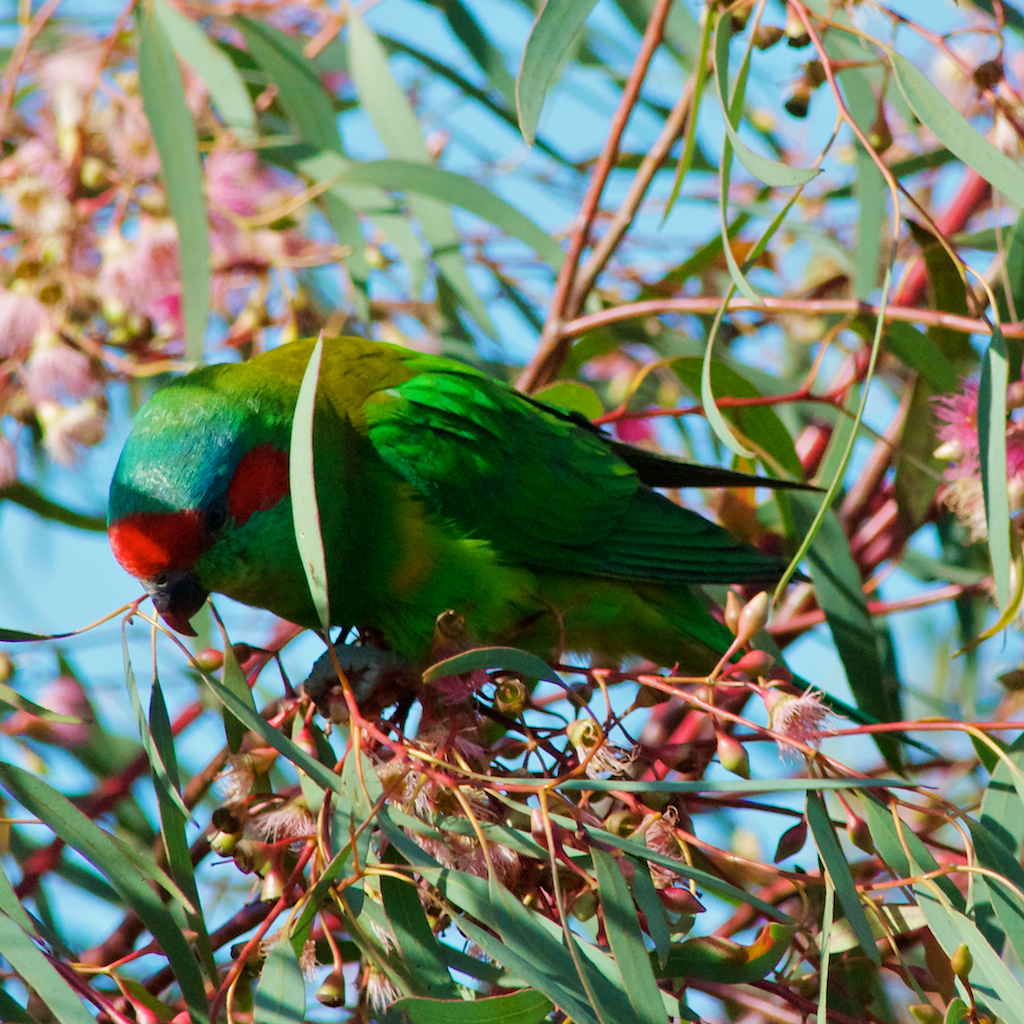 Another Musk Lorikeet feeding on
eucalypt blossoms next to Building 63, in August, 2012 (Nikkor 70-300mm f/4-5.6D
ED / D90).
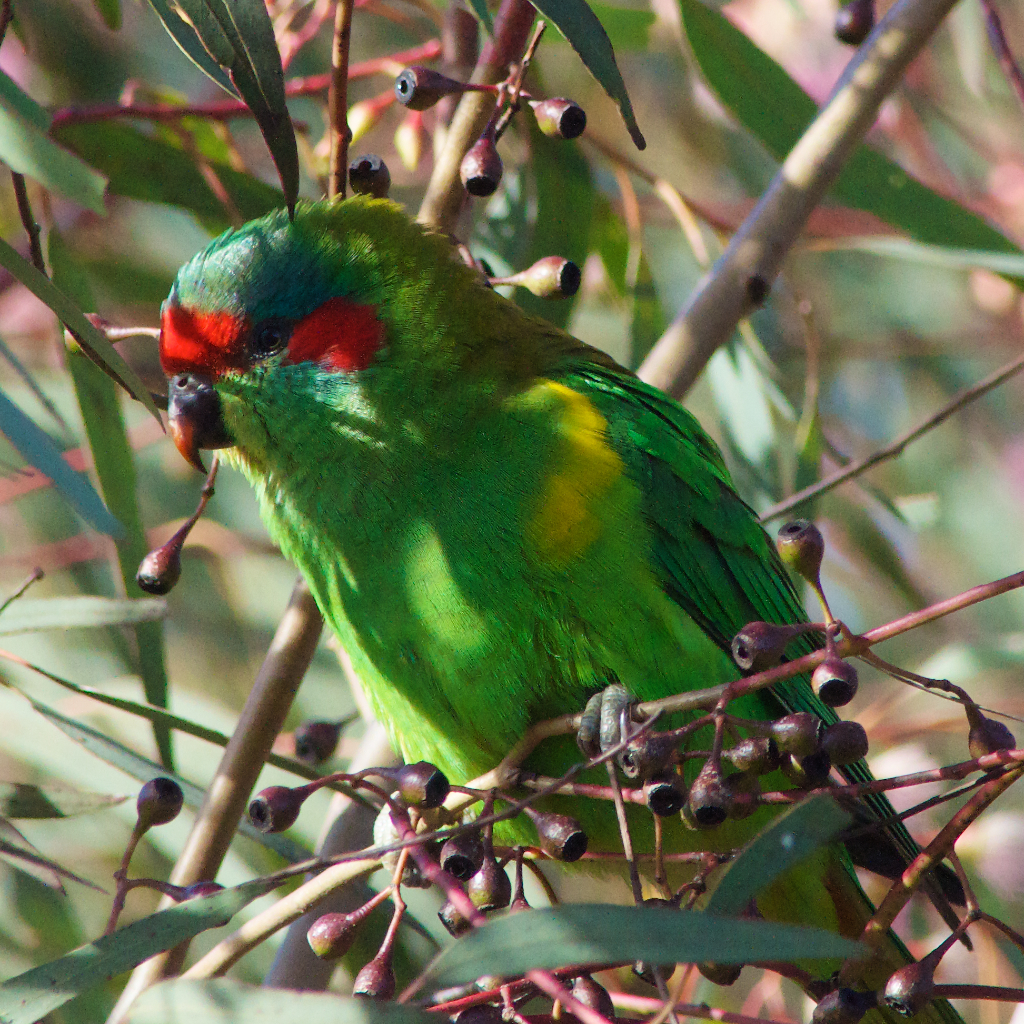 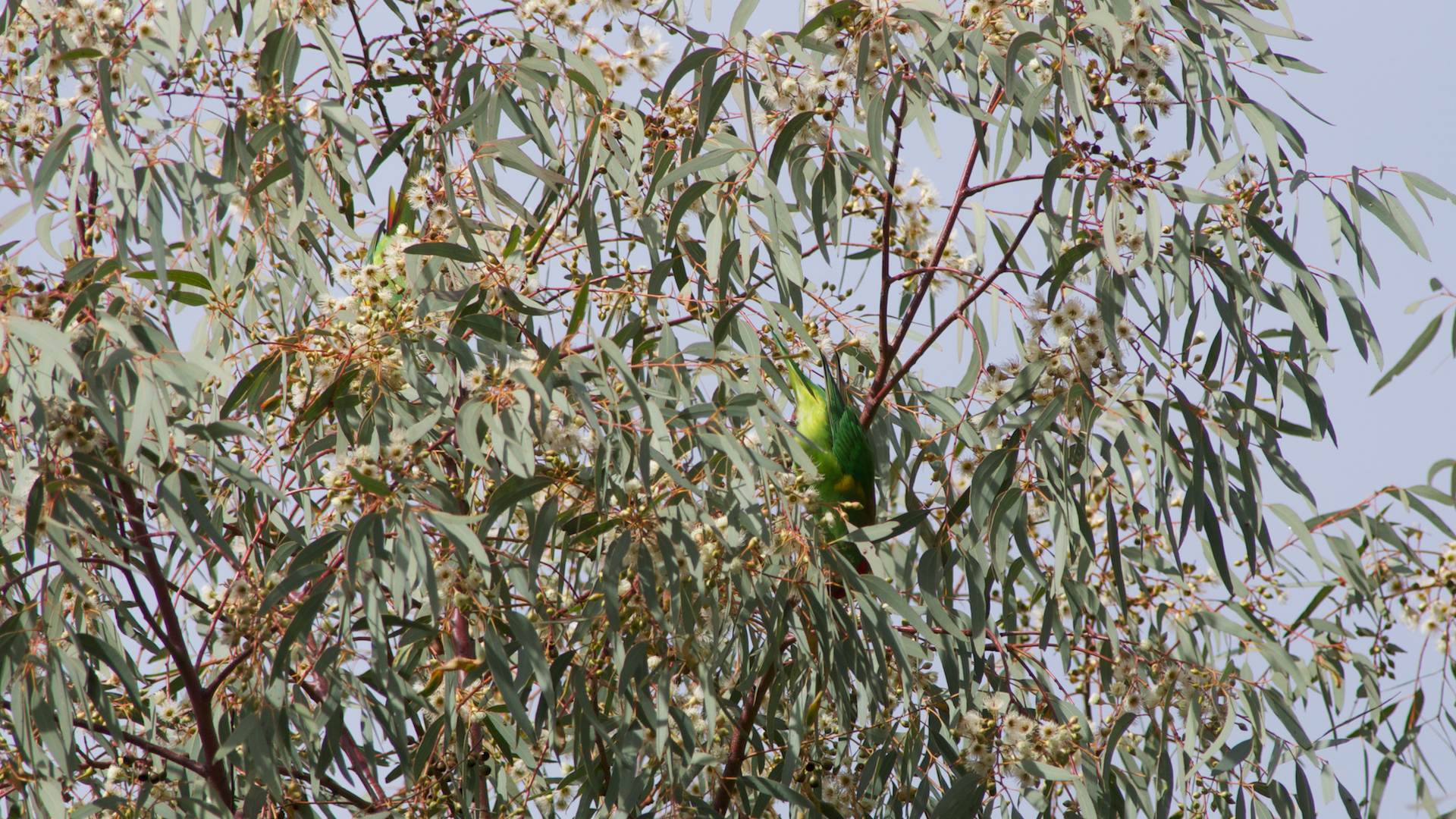 A Musk
Lorikeet enjoying some fresh gum blossom nectar in the trees
adjacent to Building 63, in July, 2012. Eucalypts
provide a valuable habitat for many Australian parrot species (Nikkor
70-300mm f/4-5.6D ED / D90).
Find the Lorikeets! A pair of Musk Lorikeets foraging for gum
blossom nectar
in the trees adjacent to Building 63. It is little appreciated that the
bright plumage of
many
Australian parrots is evolved camouflage which is highly effective in
the treetop habitat these species occupy (Nikkor 70-300mm f/4-5.6D
ED / D90).
Musk Lorikeet feeding on gum blossom nectar in a tree adjacent to Building 63. The red/green/yellow camouflage is very effective in this environment (Nikkor 70-300mm f/4-5.6D ED / D90). |
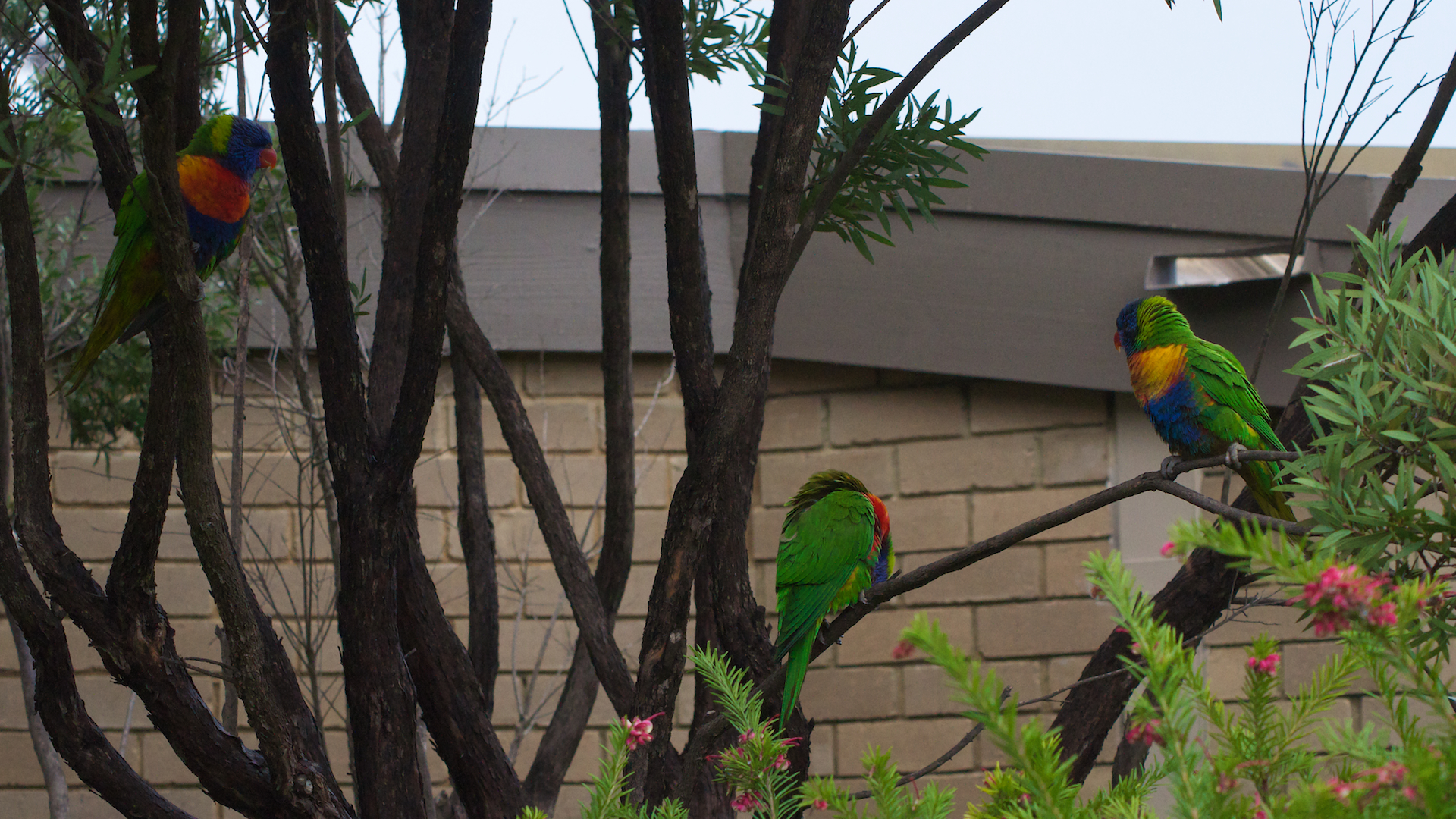 A trio of Rainbow
Lorikeets perched next to the former
Arts and Crafts Building (Nikkor 70-300mm f/4-5.6D
ED / D90).
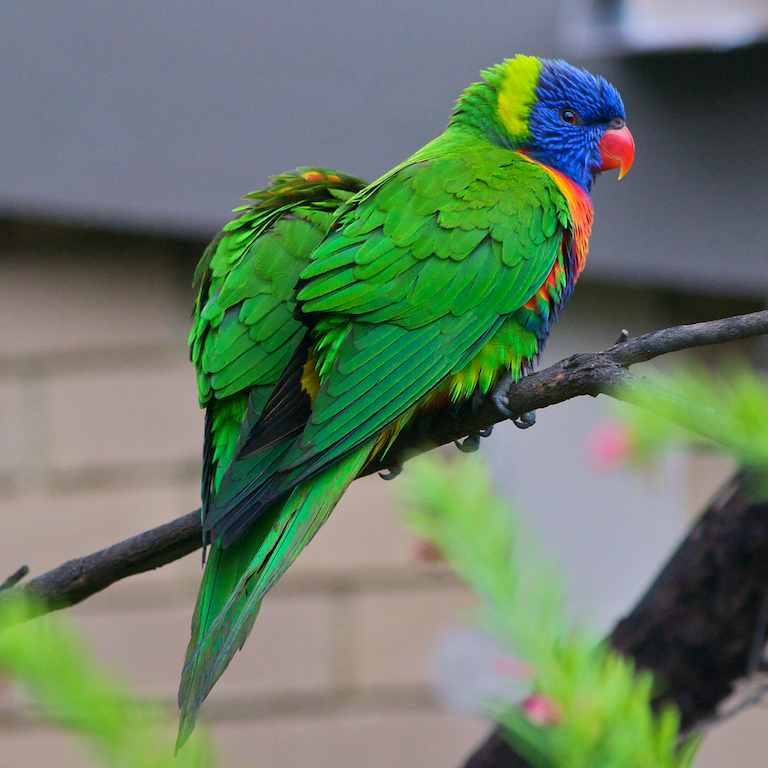 A pair of Rainbow
Lorikeets perched next to the former
Arts and Crafts Building (Nikkor 70-300mm f/4-5.6D
ED / D90).
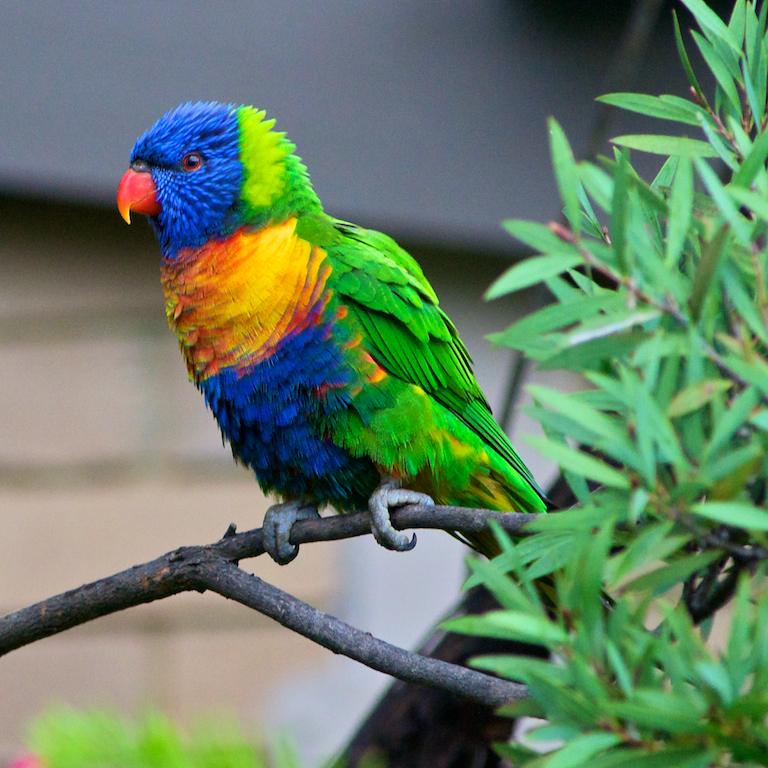 Portraits of Rainbow Lorikeets (Nikkor 70-300mm f/4-5.6D ED / D90). 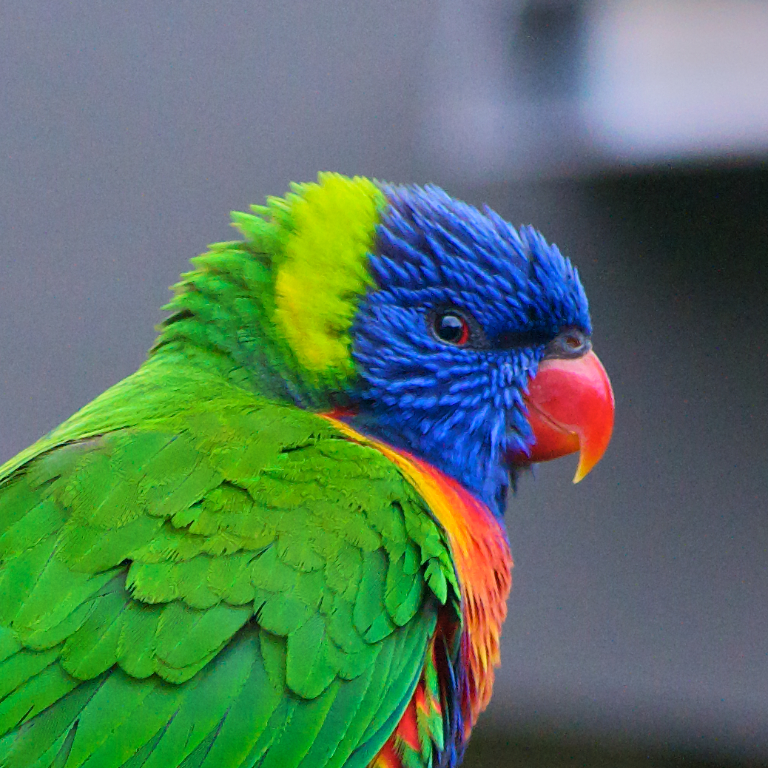 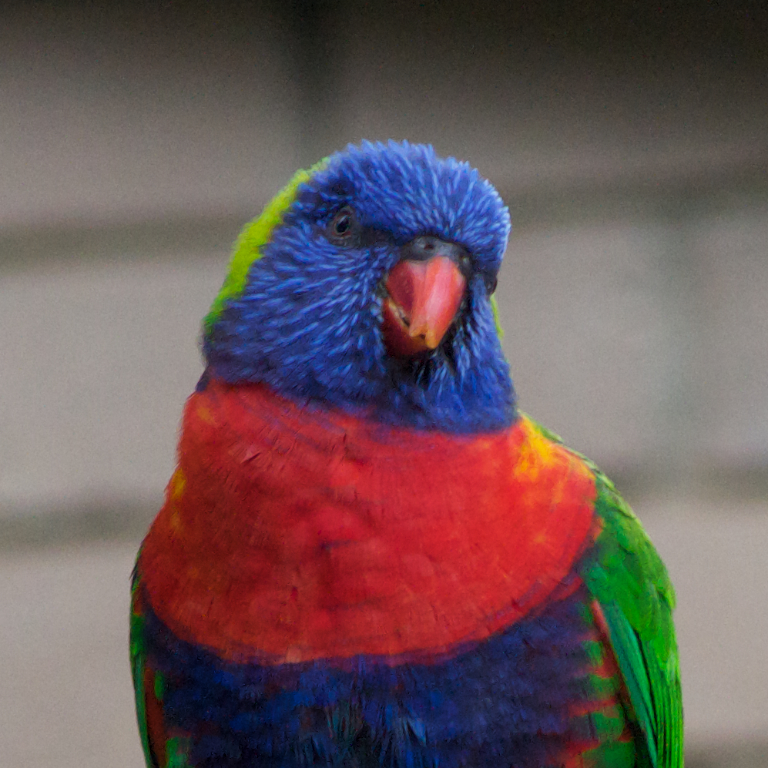 Portrait of a Rainbow Lorikeet with an unusual cleft beak (Nikkor 70-300mm f/4-5.6D ED / D90). |
Eastern
Rosella
|
 An Eastern Rosella hiding in the
canopy of a large eucalypt.
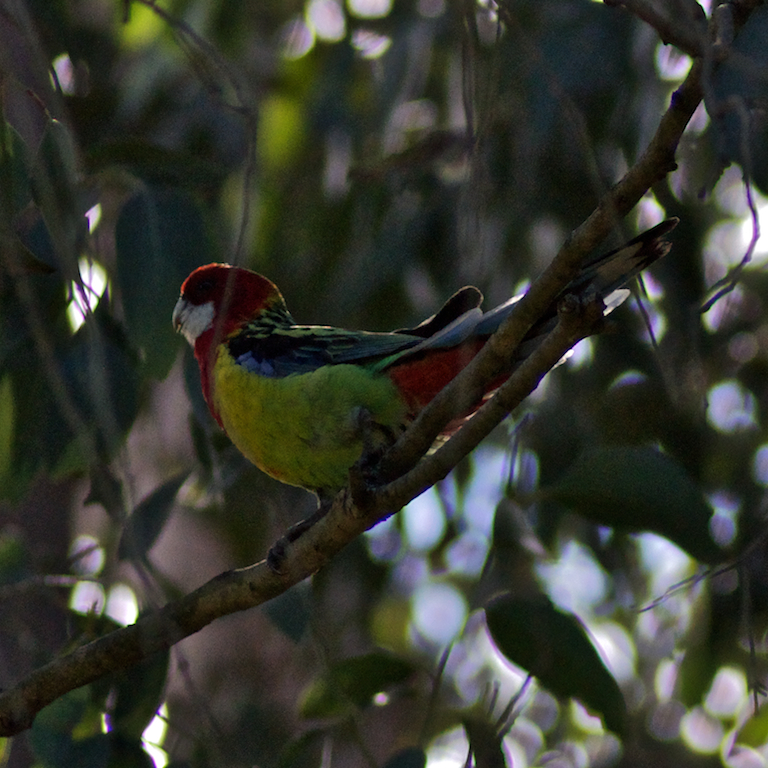 |
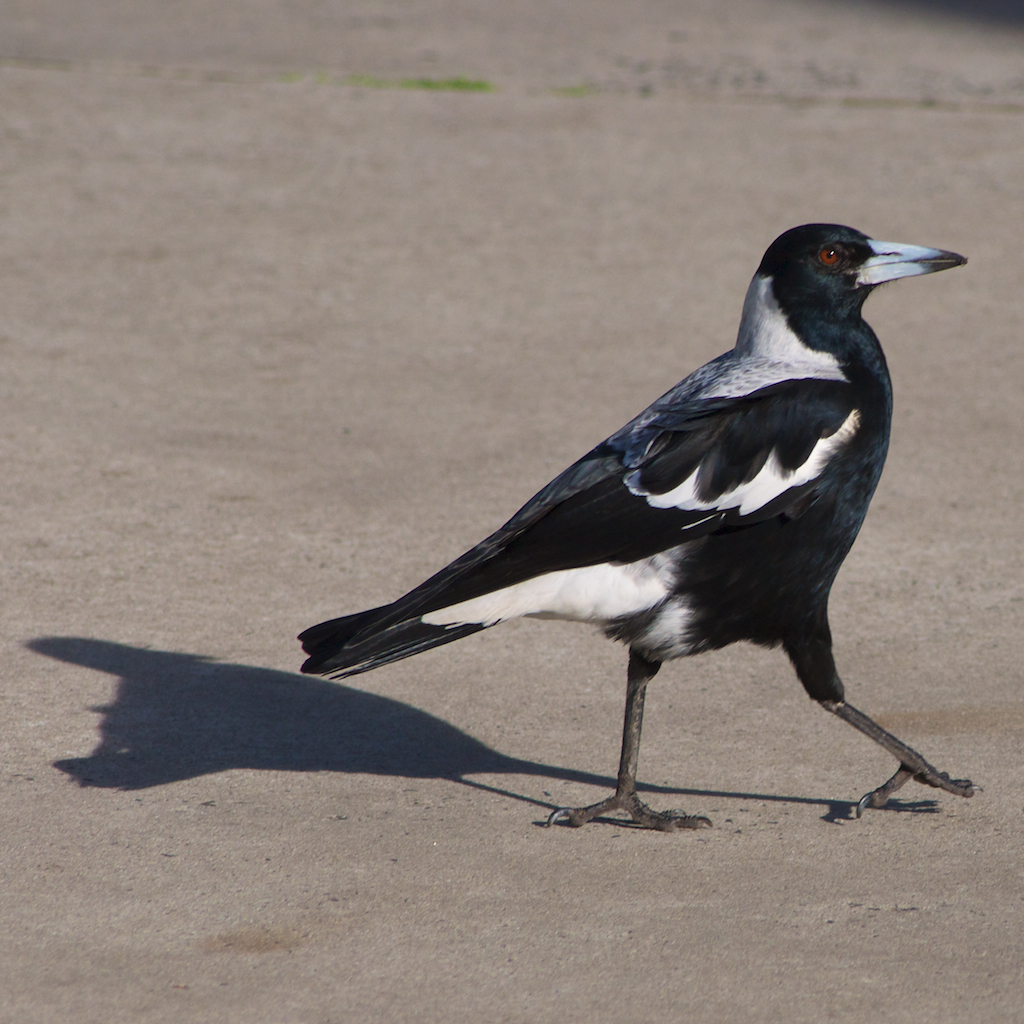 The Magpie is a ubiquitous scavenger in
suburbia. Note the characteristic 'goose step'. There are several pairs
at Clayton campus (Nikkor 70-300mm f/4-5.6D
ED / D90).
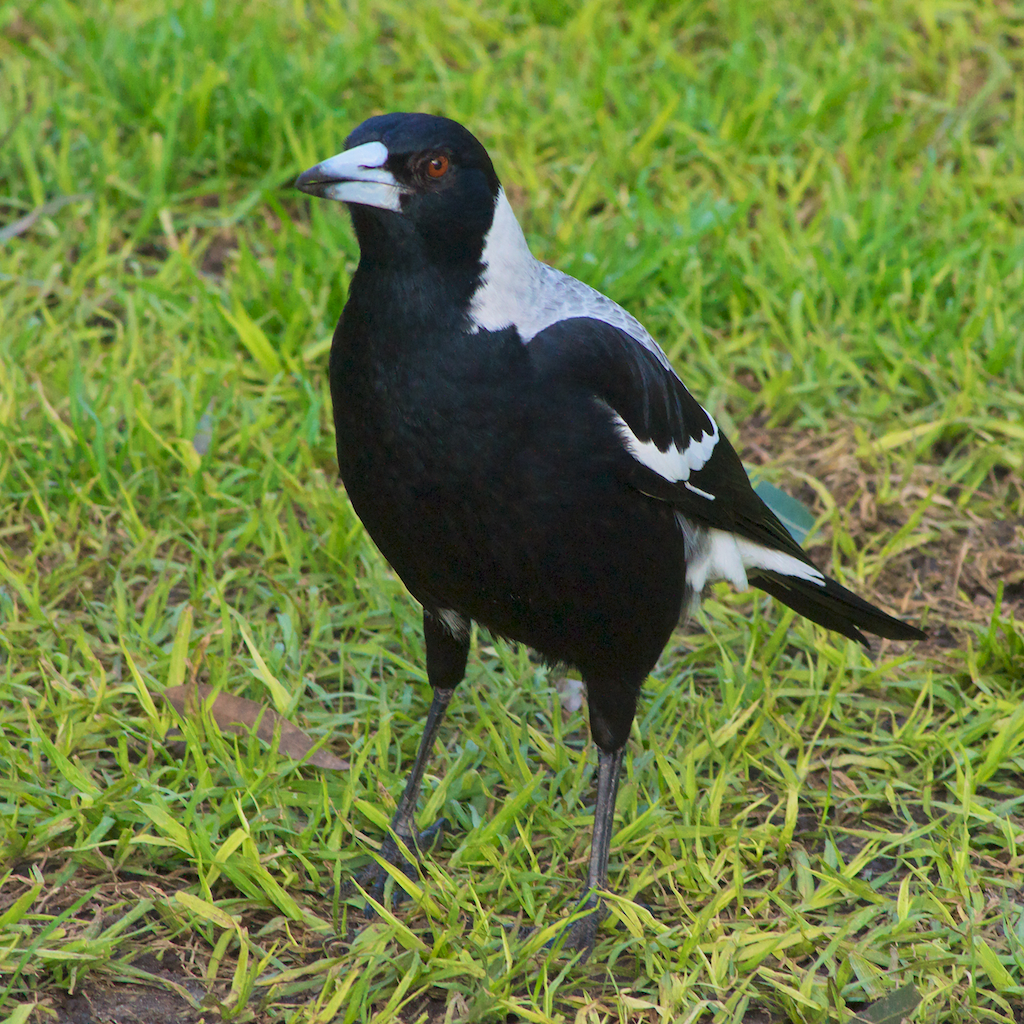 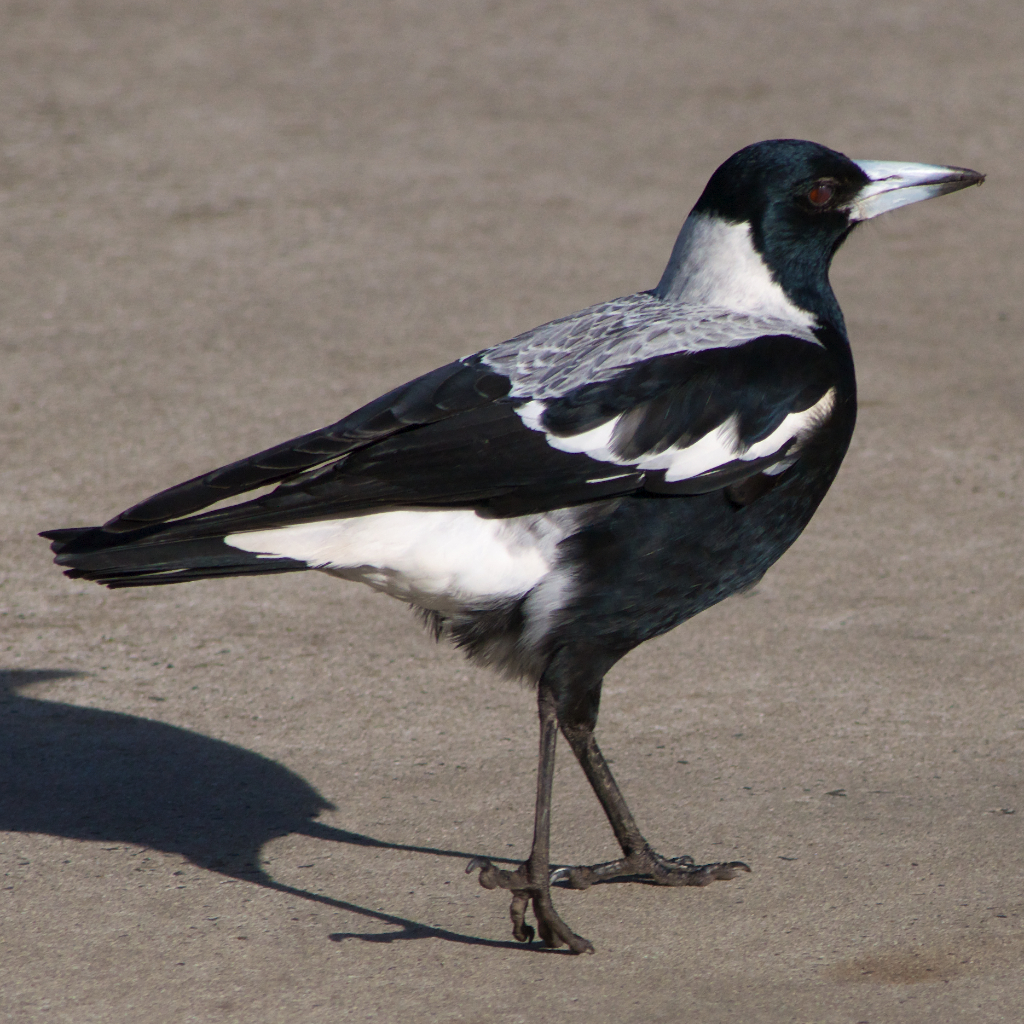 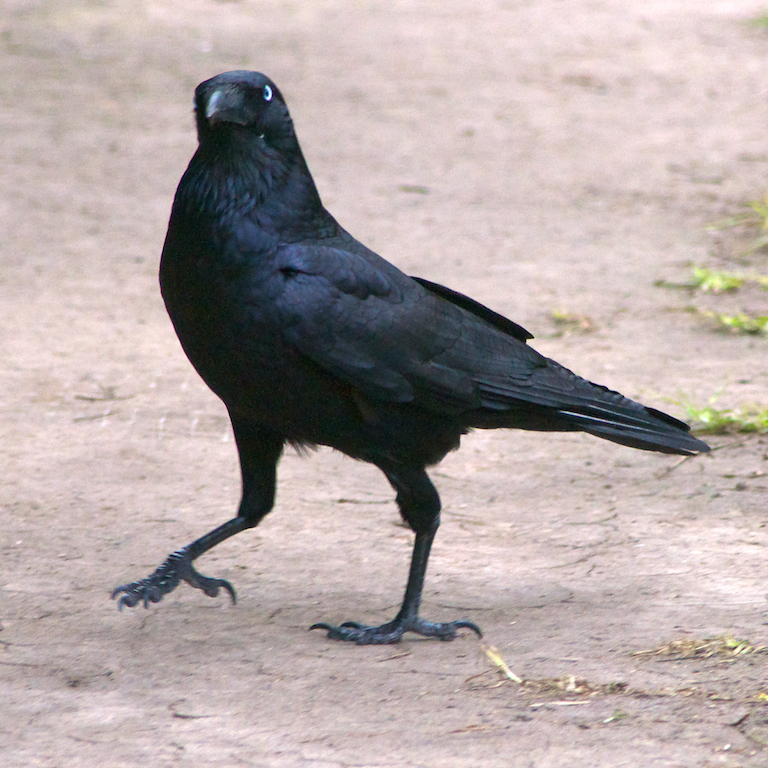 An Australian Raven at Clayton campus. These birds are commonly observed across the campus. Intelligent and inquisitive, they are the largest Corvids in Australia. 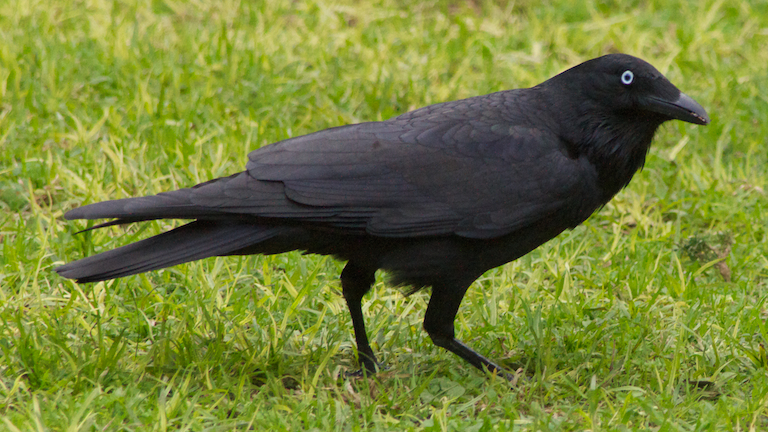 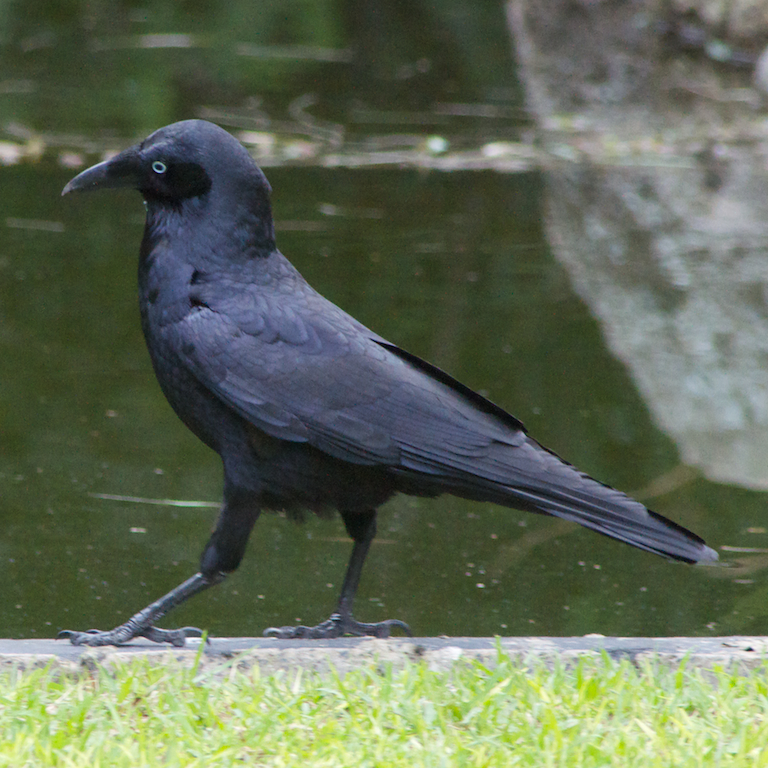 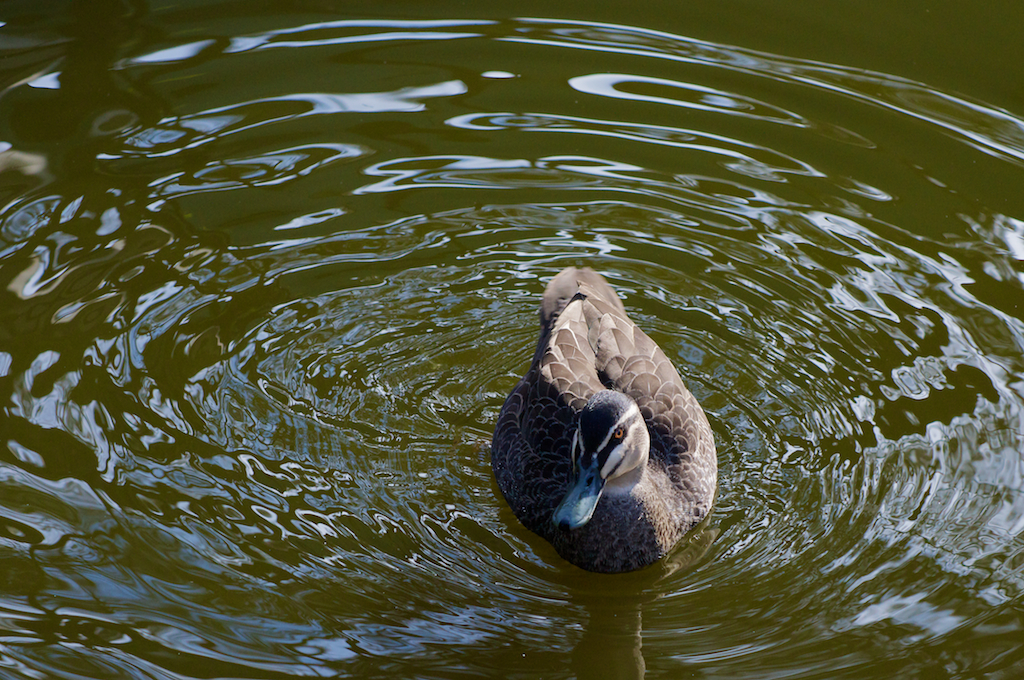 The gregarious Pacific Black Duck is frequently seen at the various ponds at Clayton campus. This example was photographed next the to Physics Department, providing a good demonstration of interference patterns from two sources of waves. It is insisted on following me as I photographed it (Nikkor 70-300mm f/4-5.6D ED / D90). 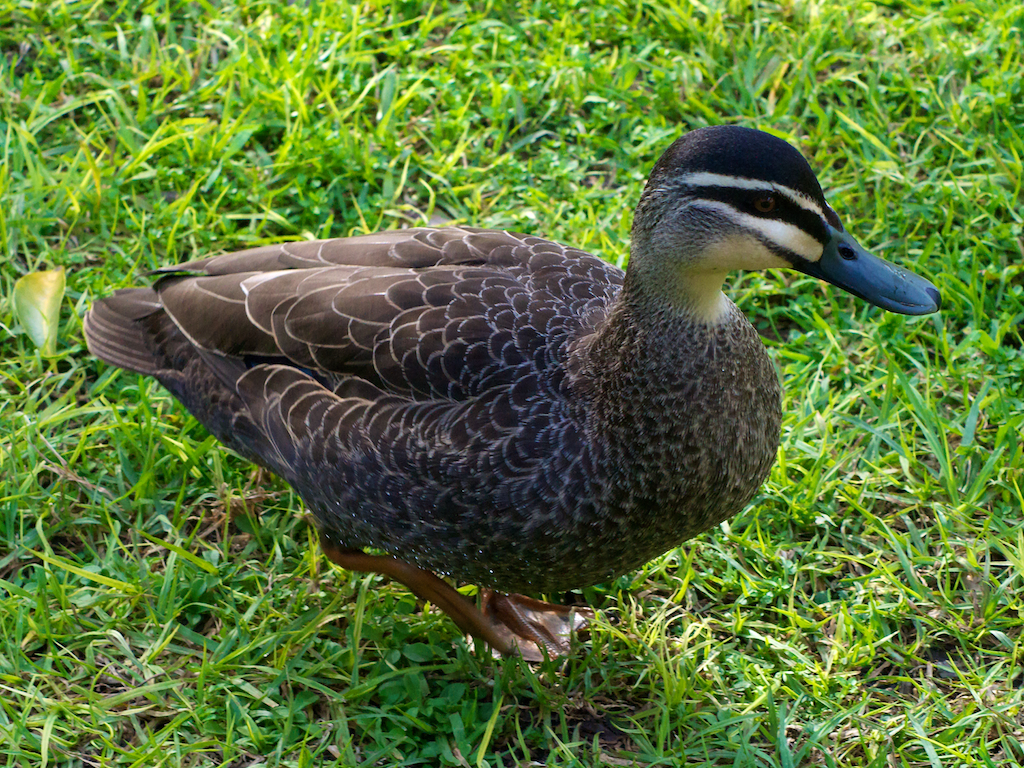 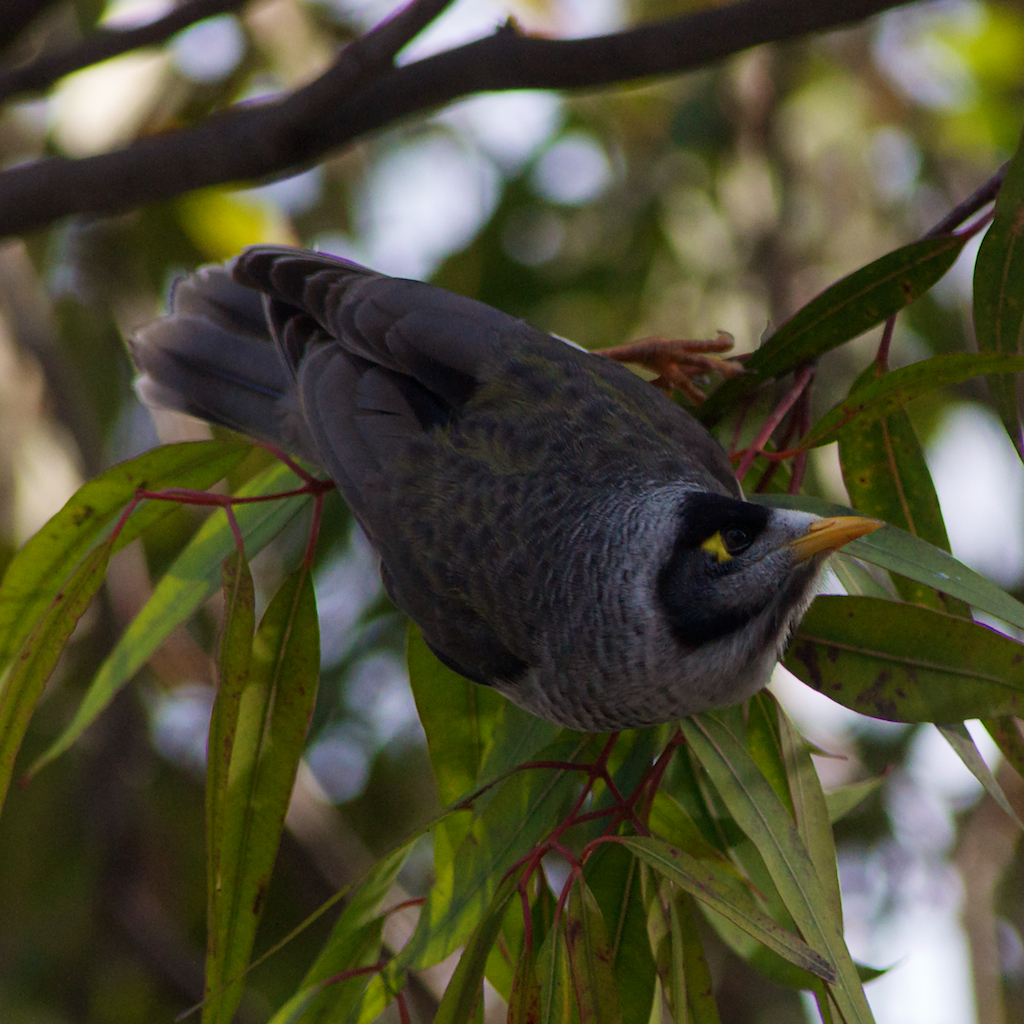 The Noisy Miner is a small, aggressive and loud honeyeater, commonly found in the suburbs and often competing against the invasive Indian Mynah. This example was caught picking insects off eucalypt leaves (Nikkor 70-300mm f/4-5.6D ED / D90). 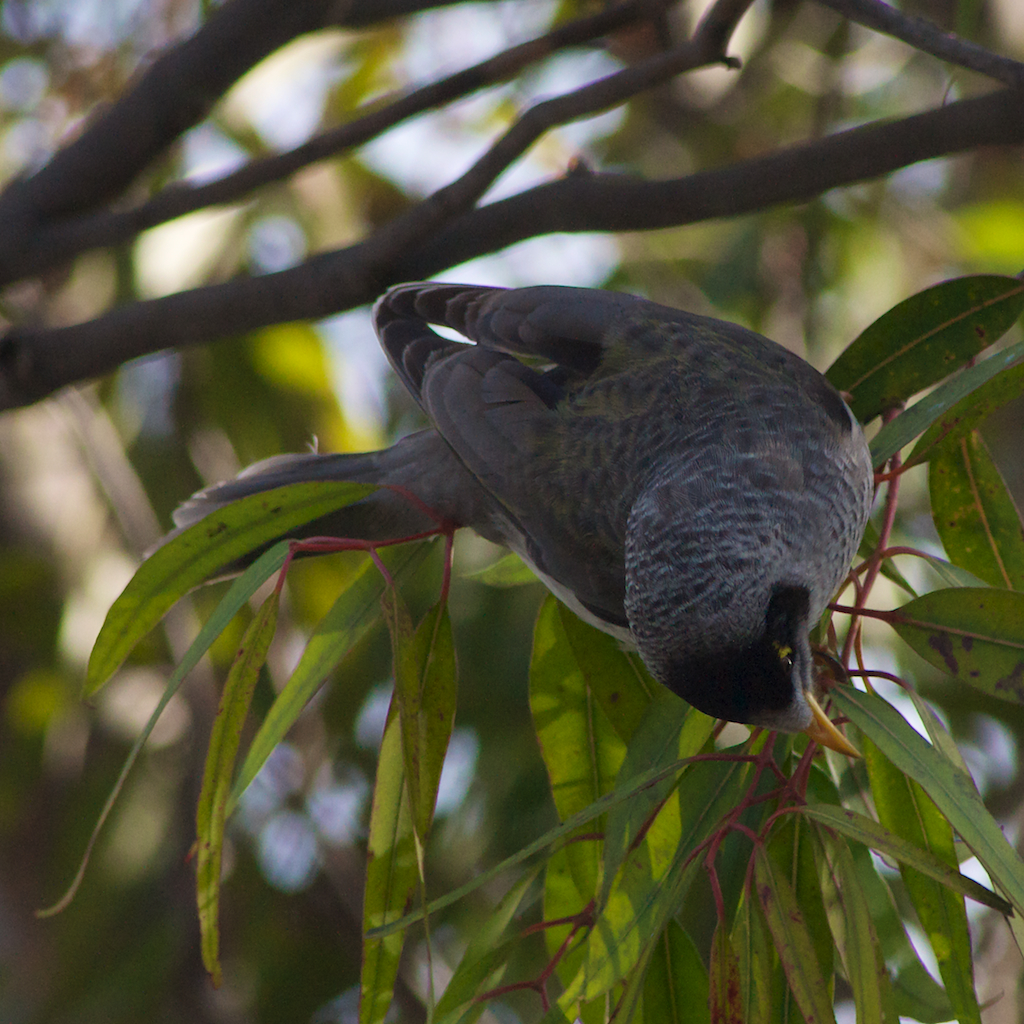 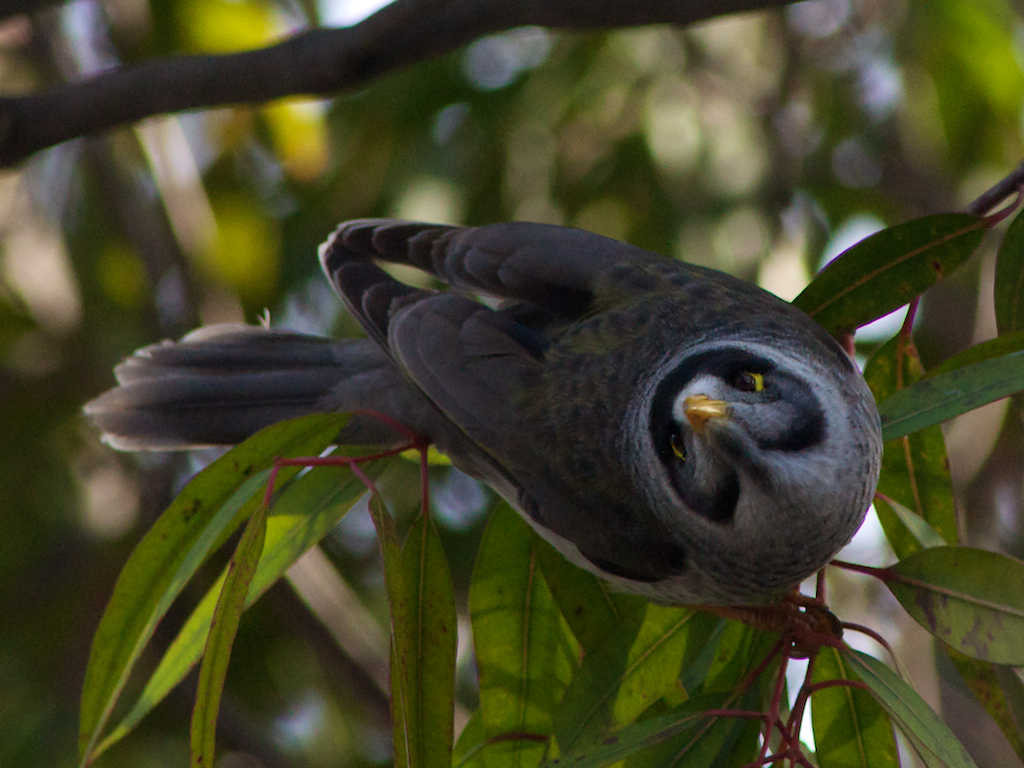 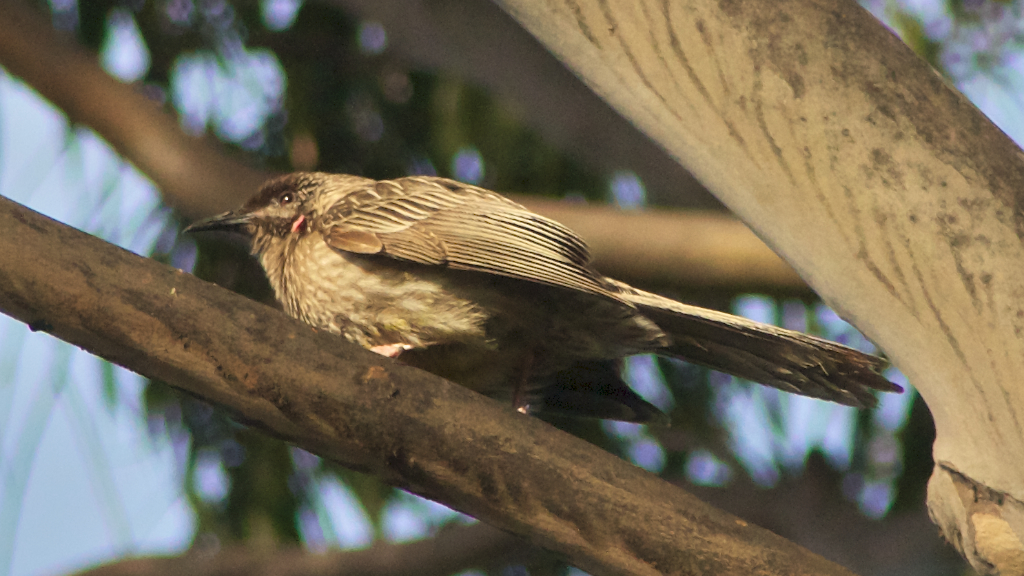 A
Red Wattlebird near Bldg 75 at Clayton (Nikkor 70-300mm f/4-5.6D
ED / D90).
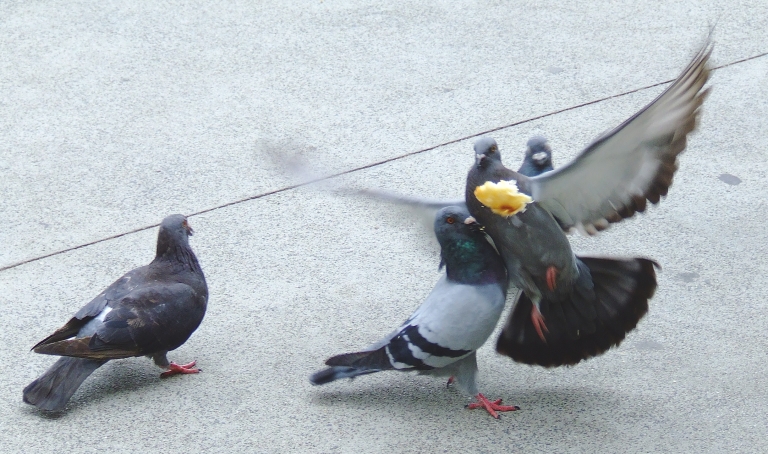 The Feral Pidgeon is another common suburban scavenger, also represented at Clayton. This flock is practicing its favourite pastime, squabbling over food. |
Clayton campus is heavily vegetated,
and almost all of these trees and shrubs are Australian natives. This
is a major incentive for native birds with highly specialised diets to
flock to the campus, especially in times of drought or other
circumstances where food supply is compromised.
Below are some images collected since
2007.
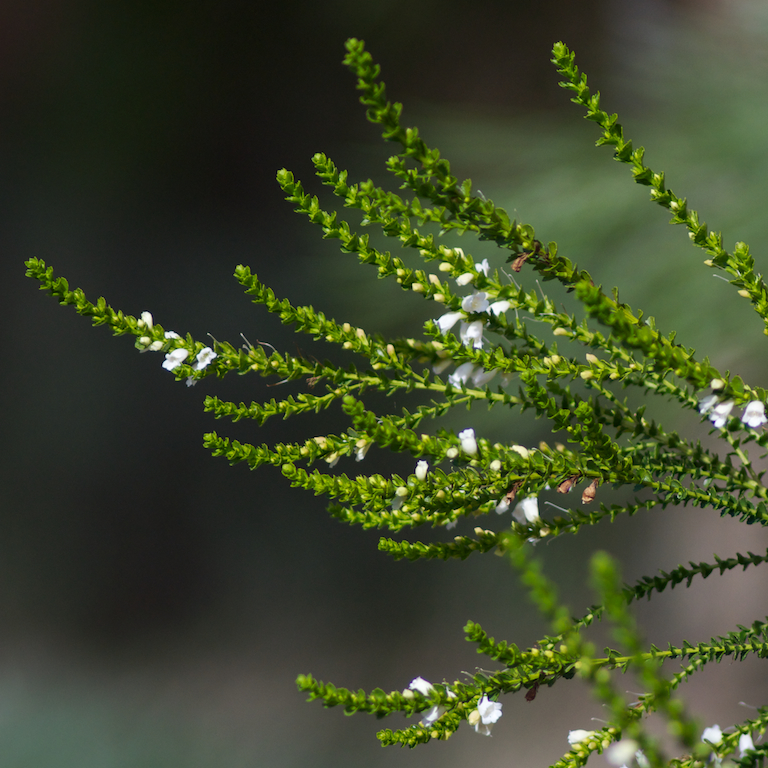 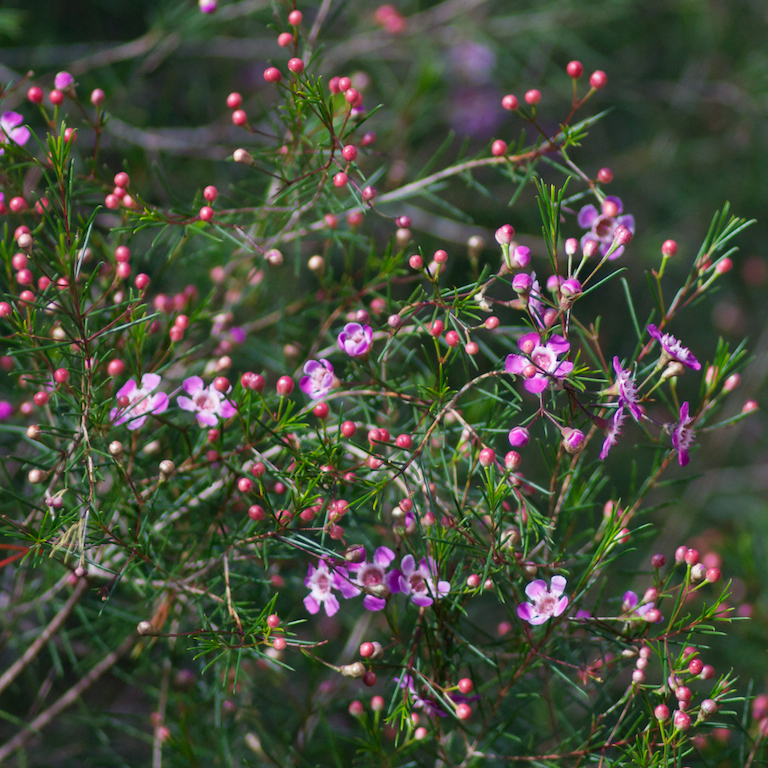 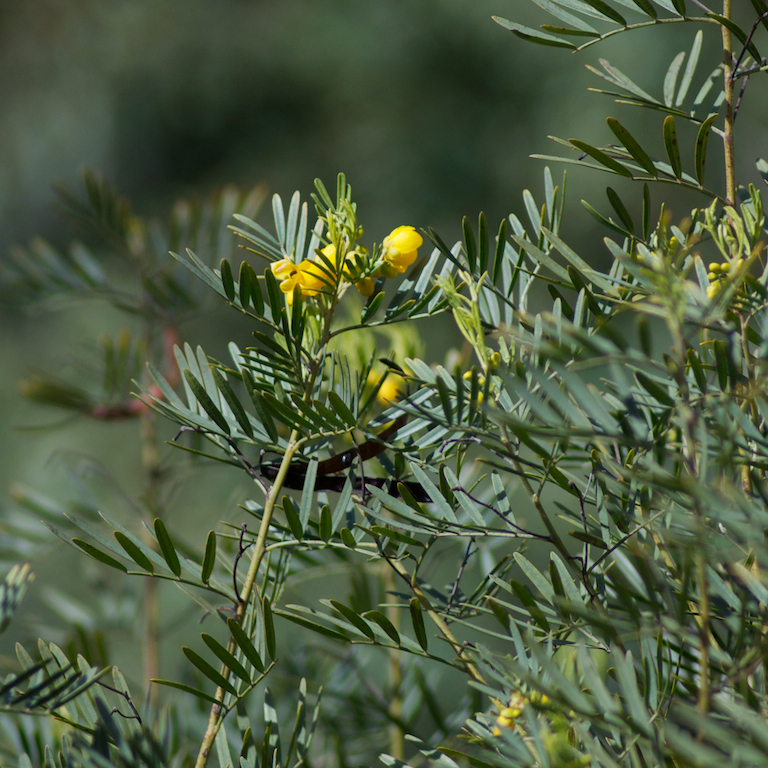 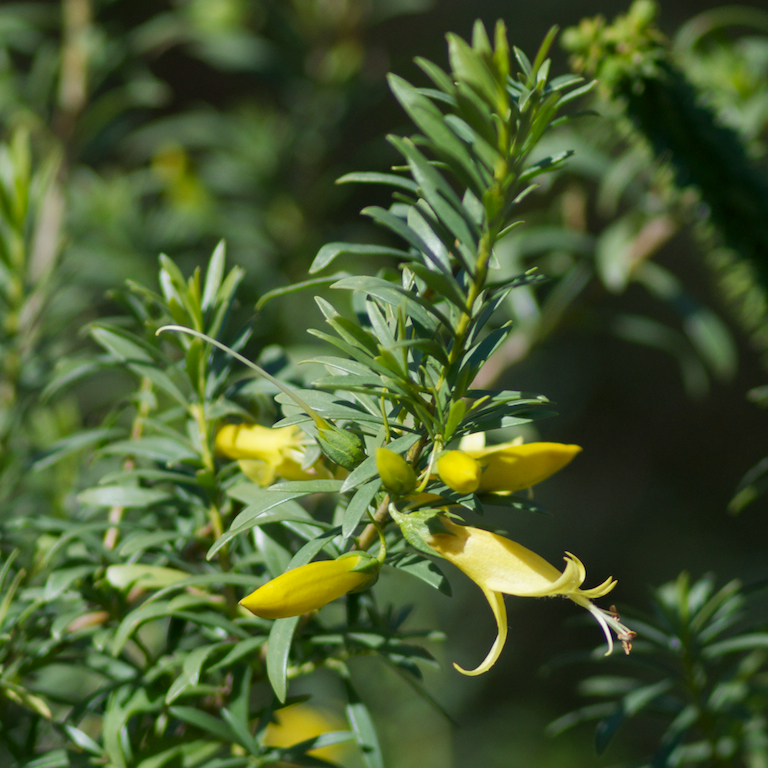 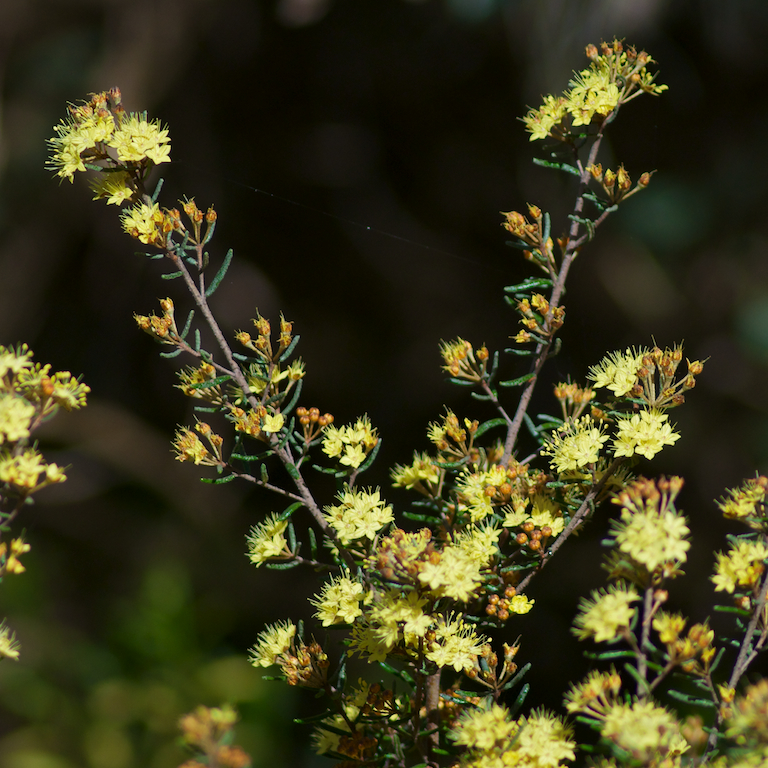 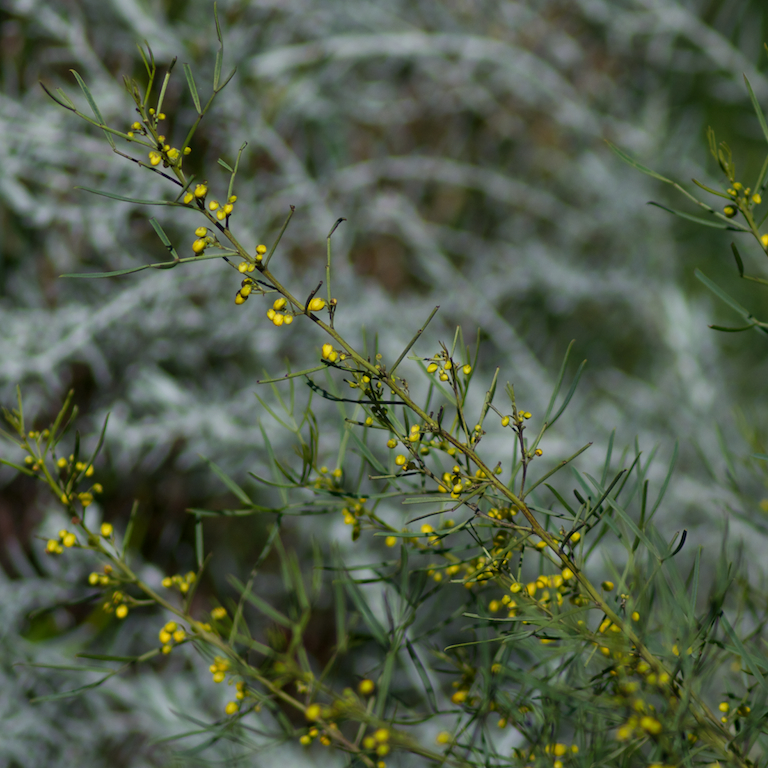 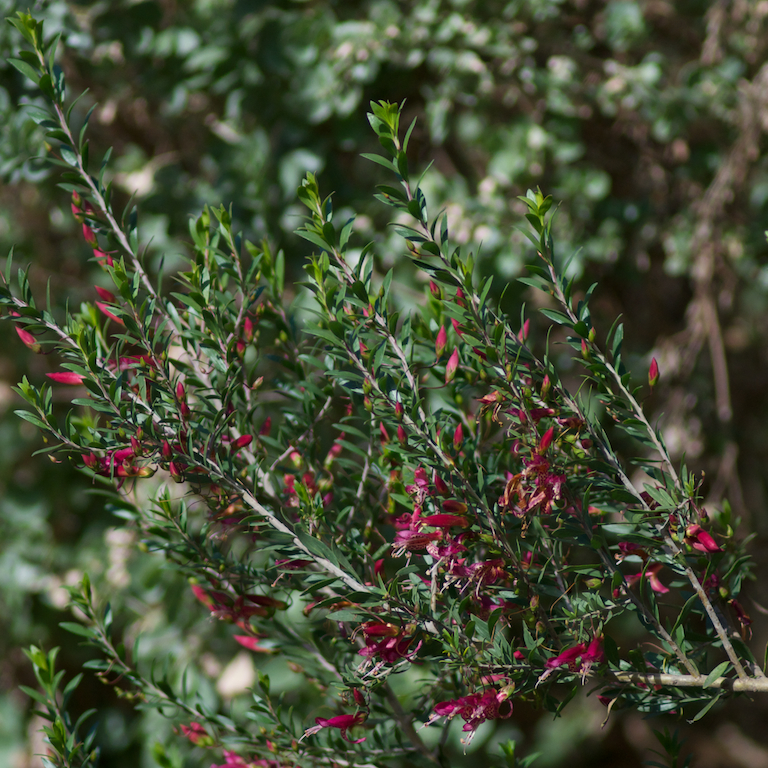 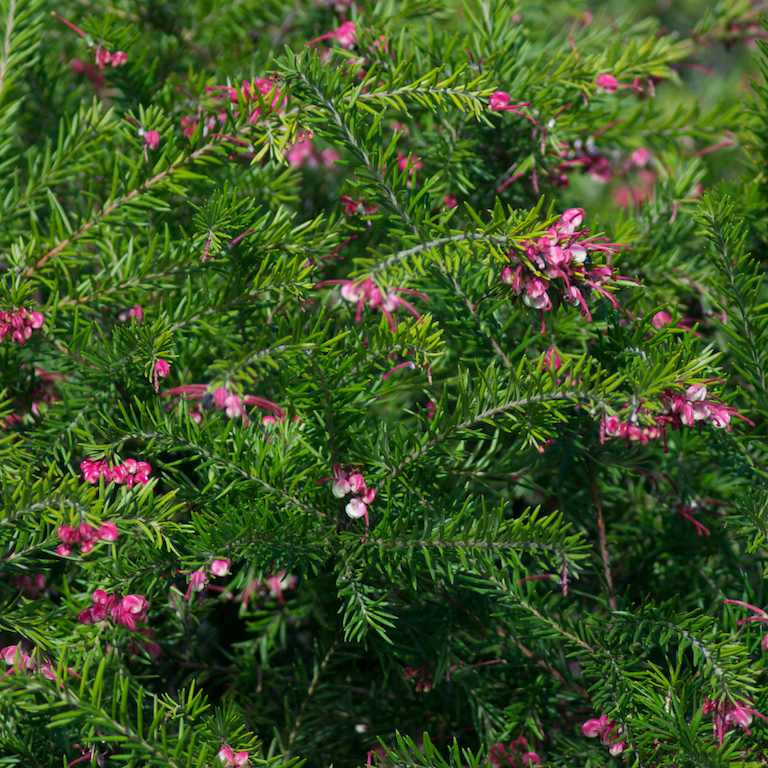 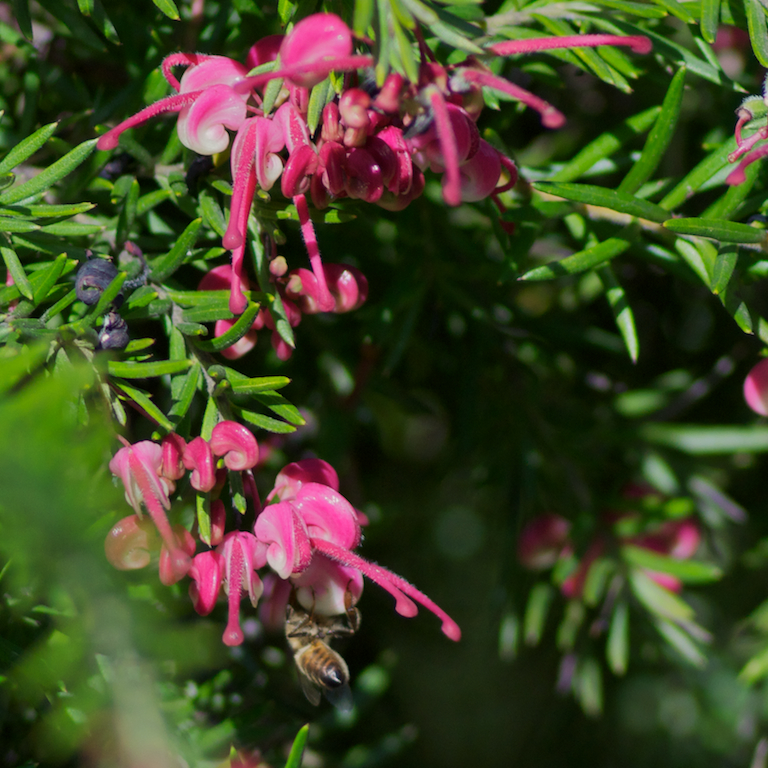 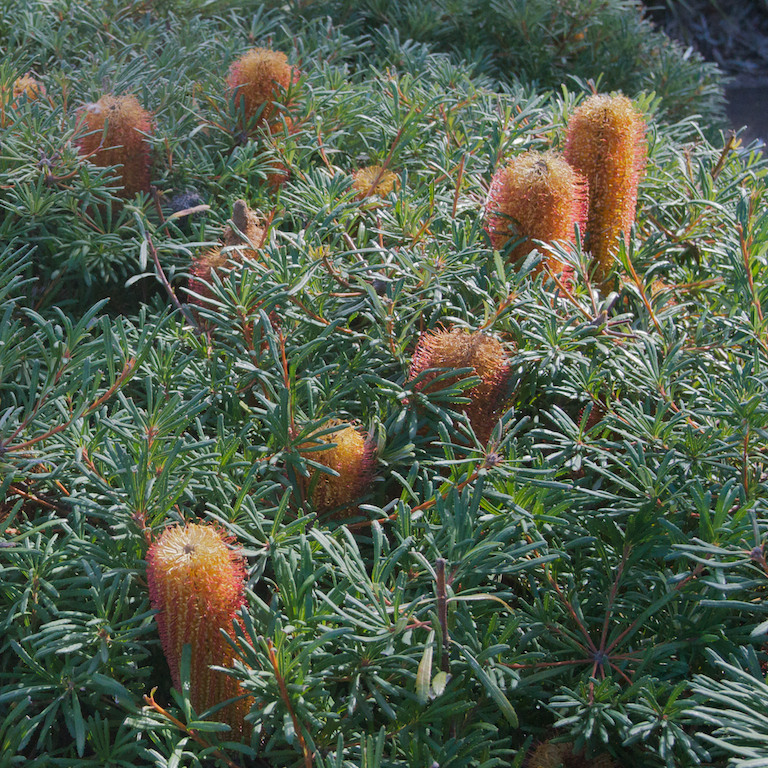 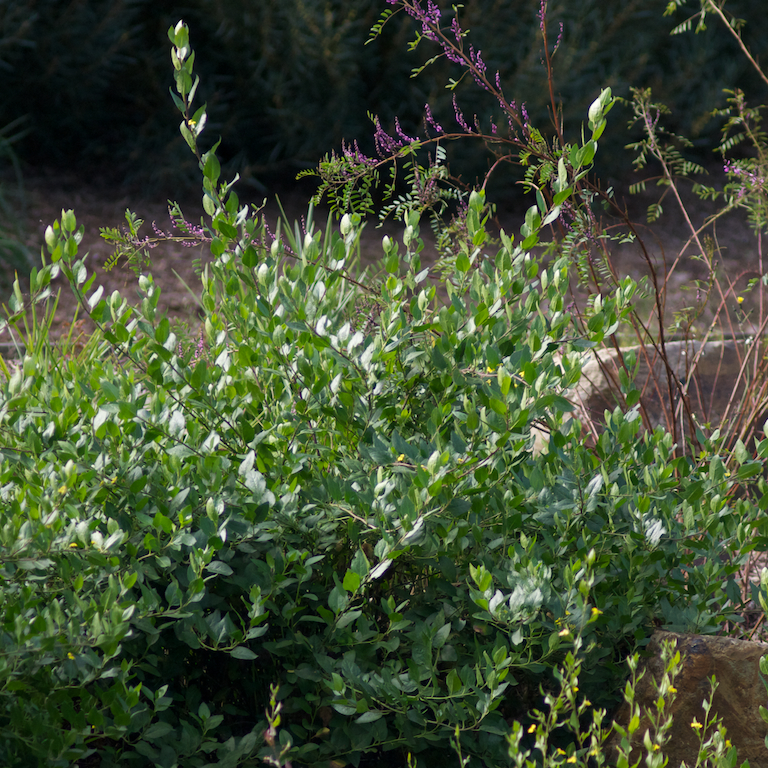 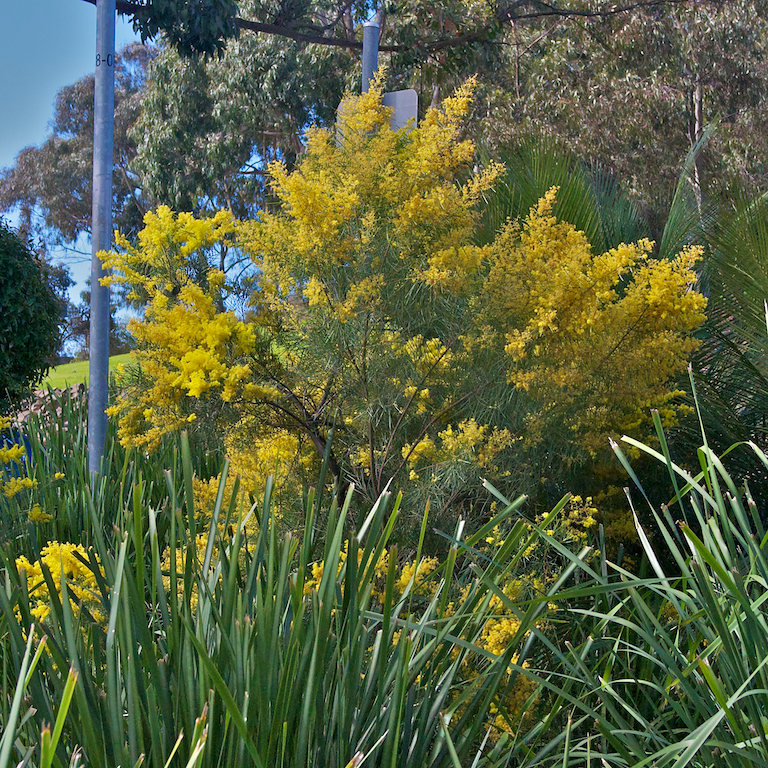 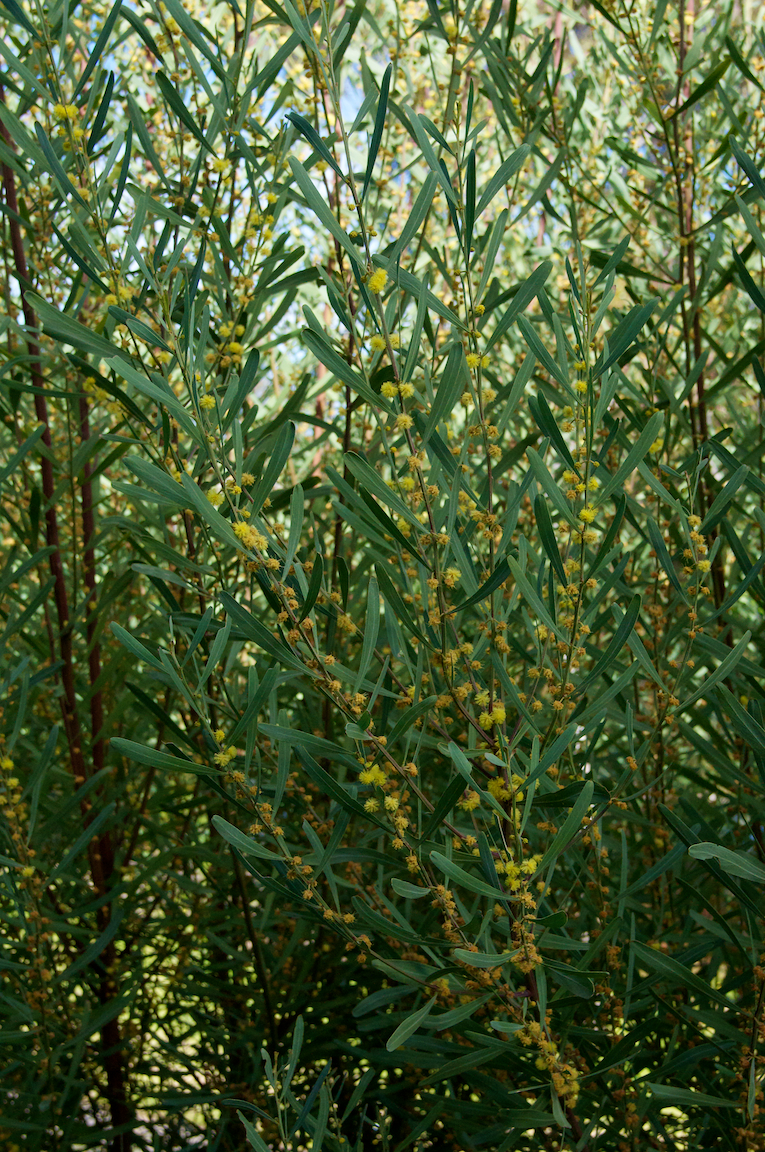 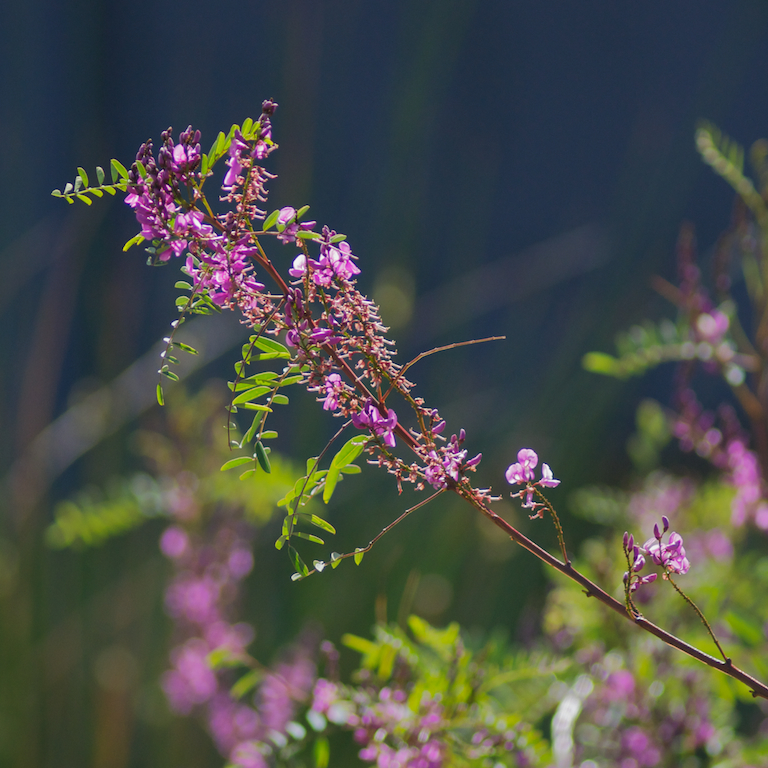 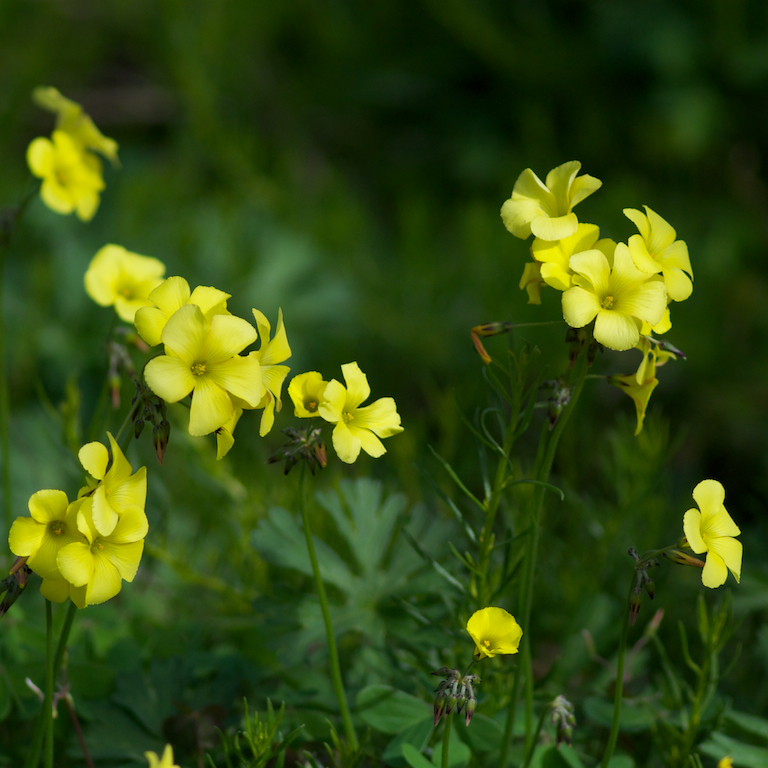 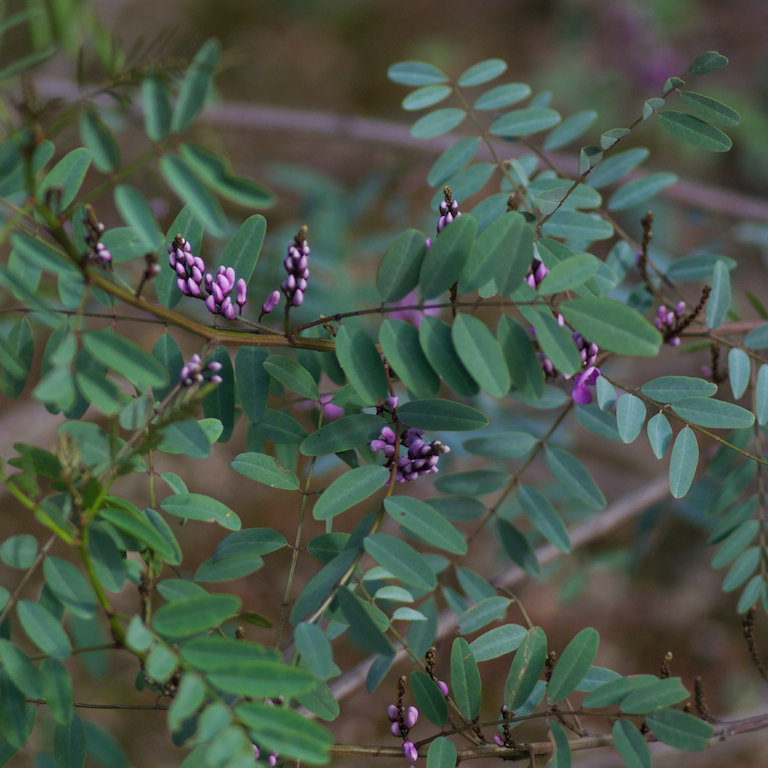 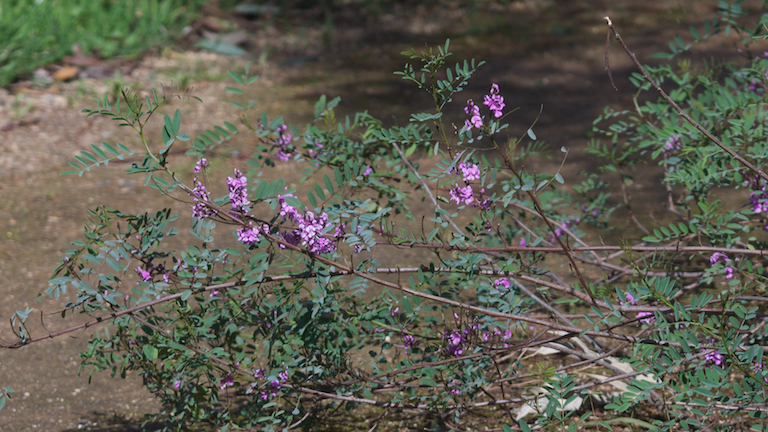 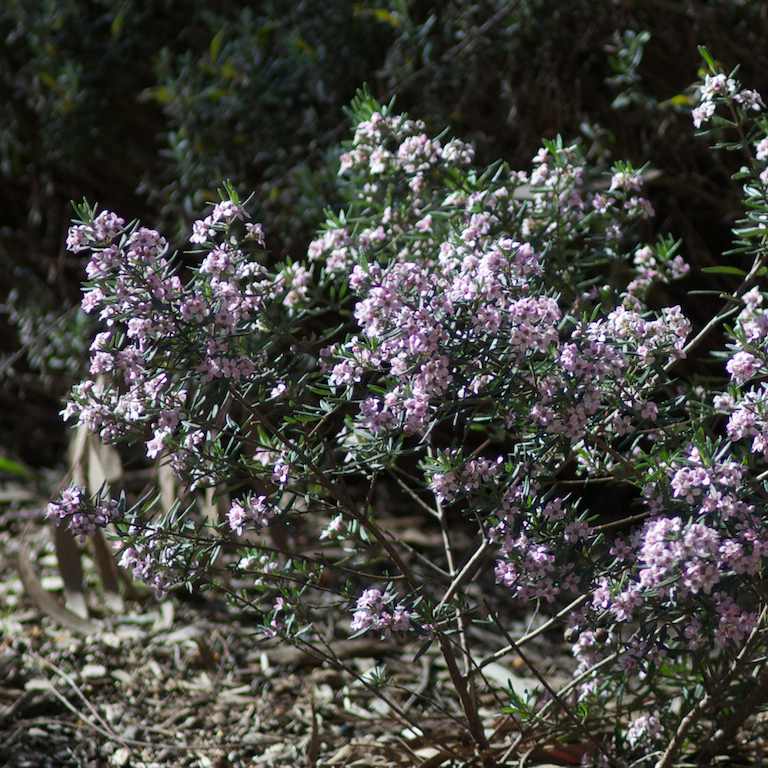 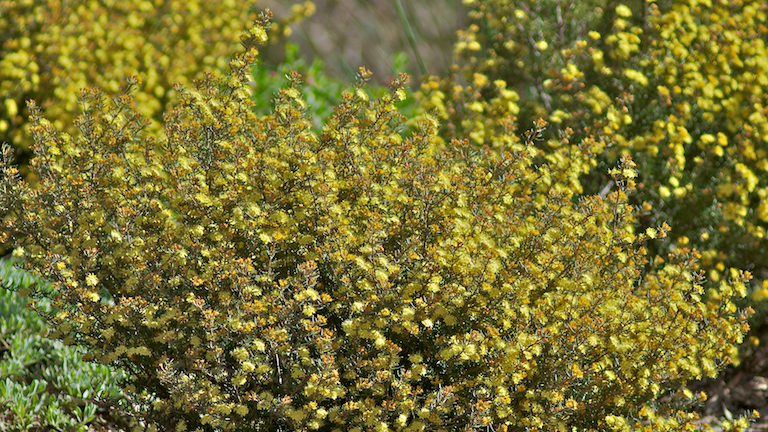 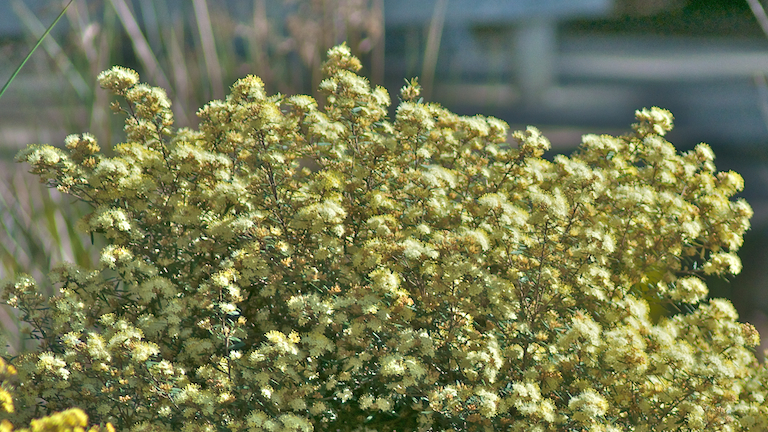 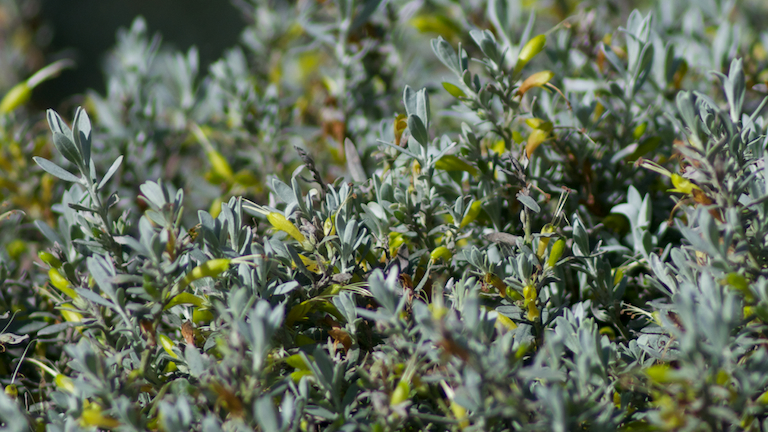 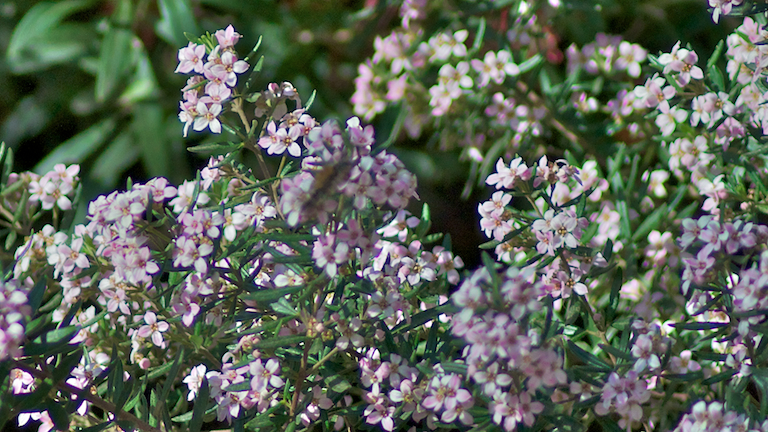 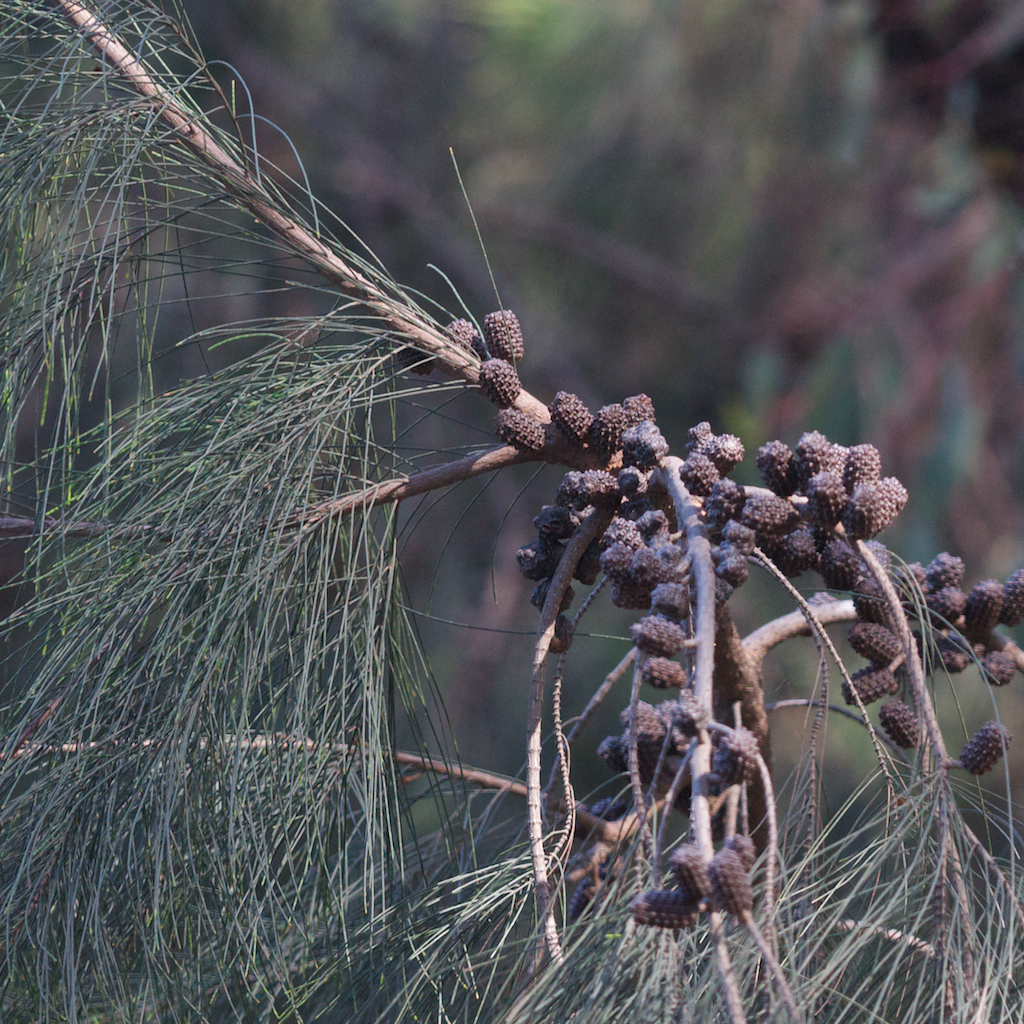 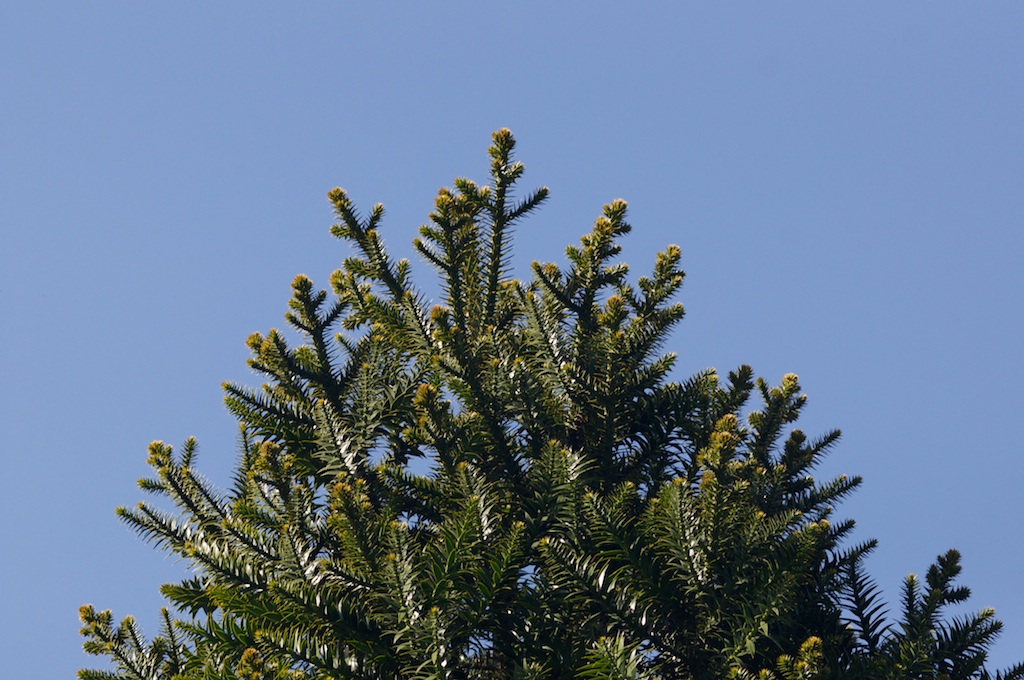 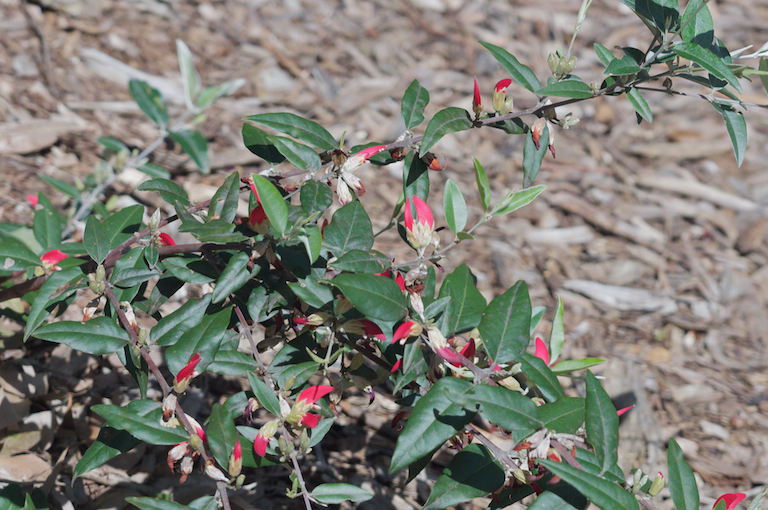 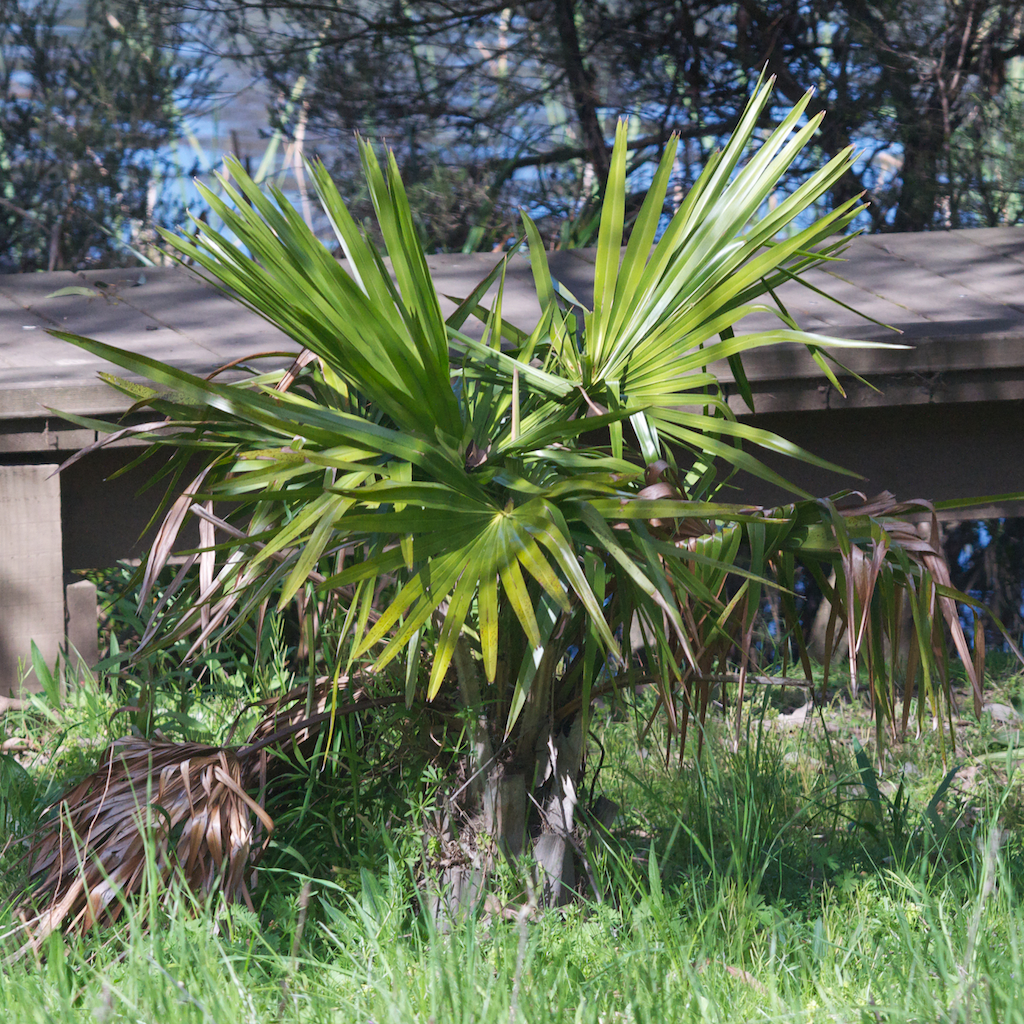 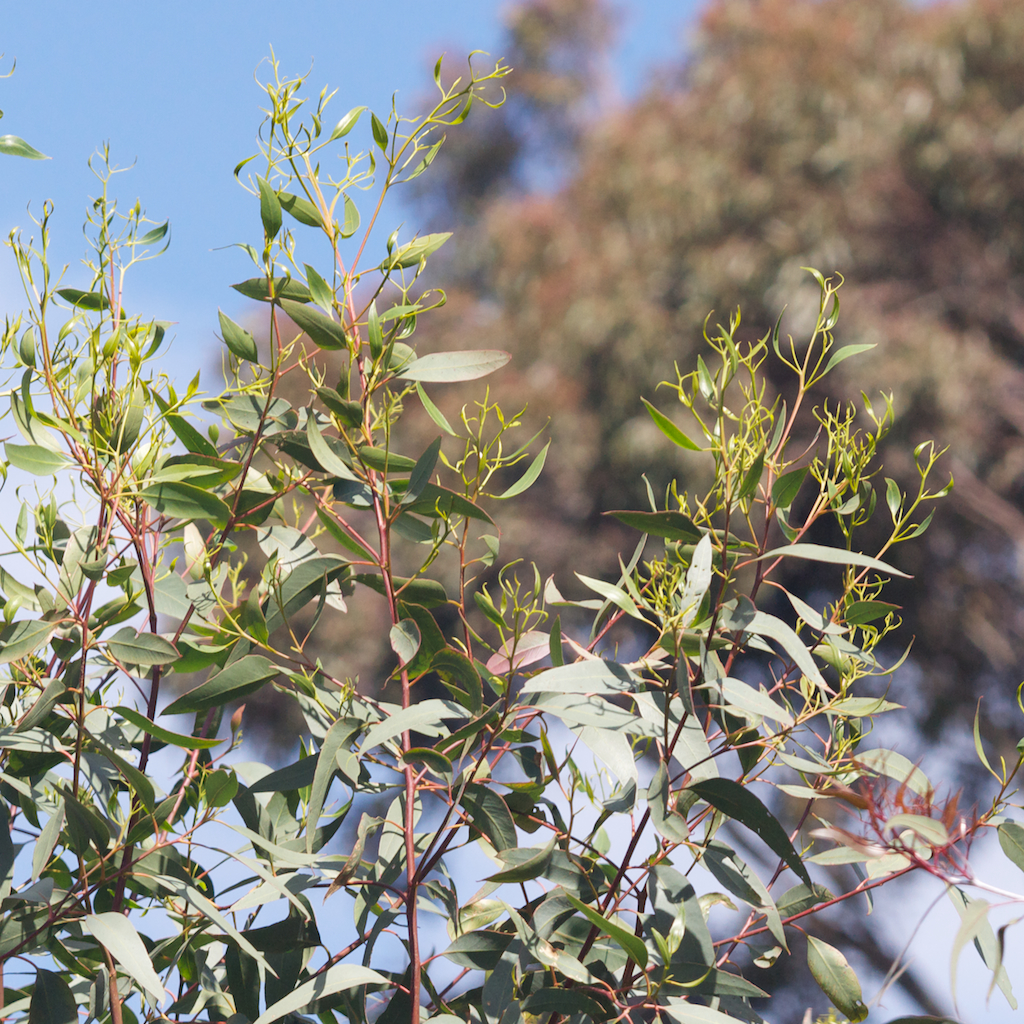
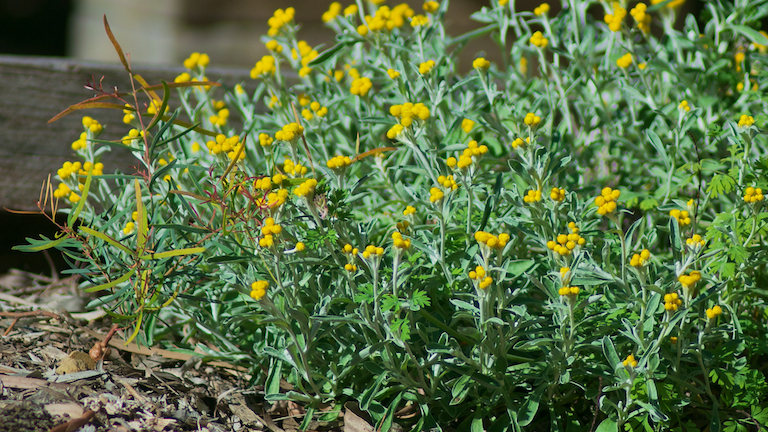 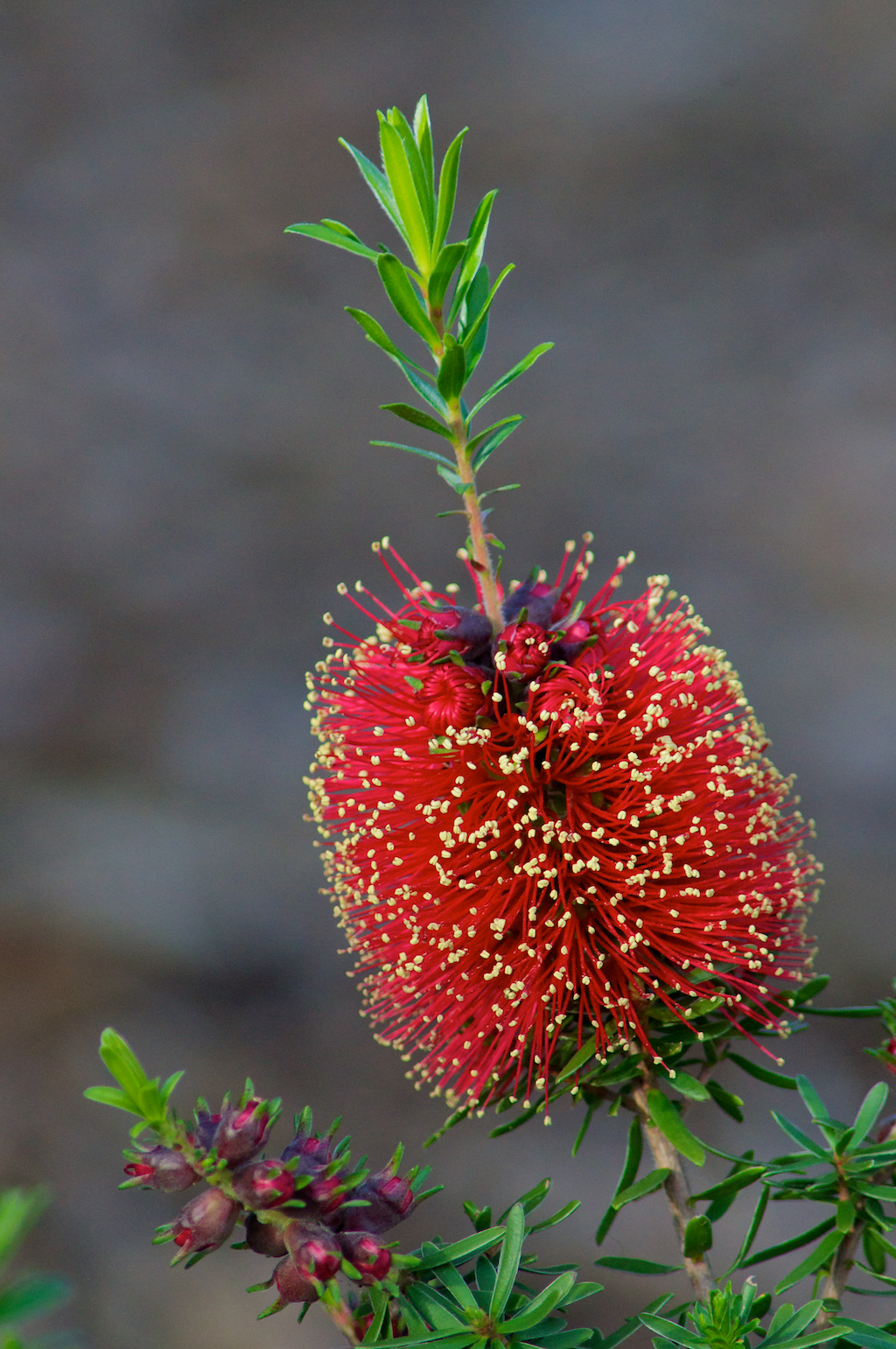 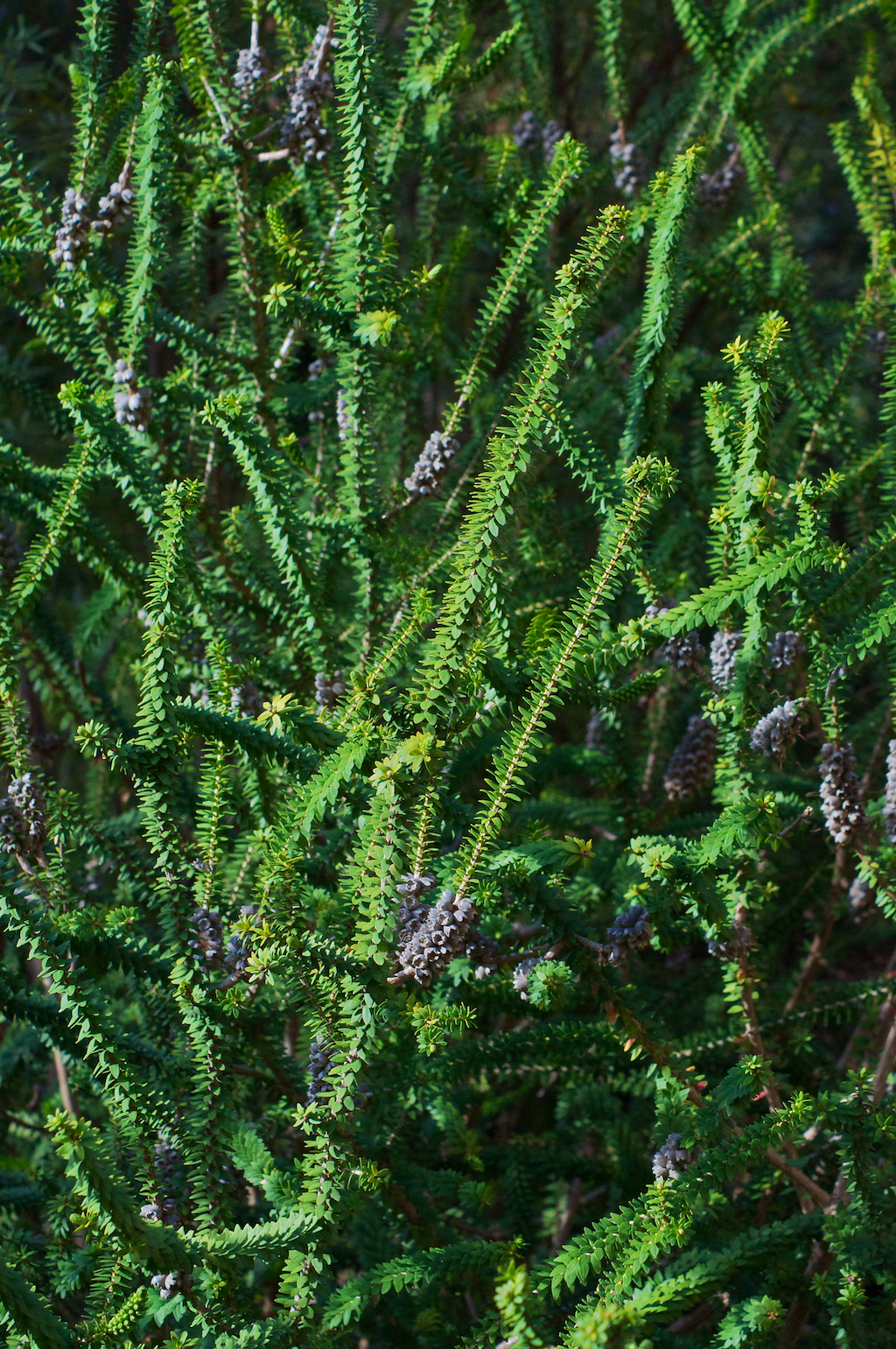  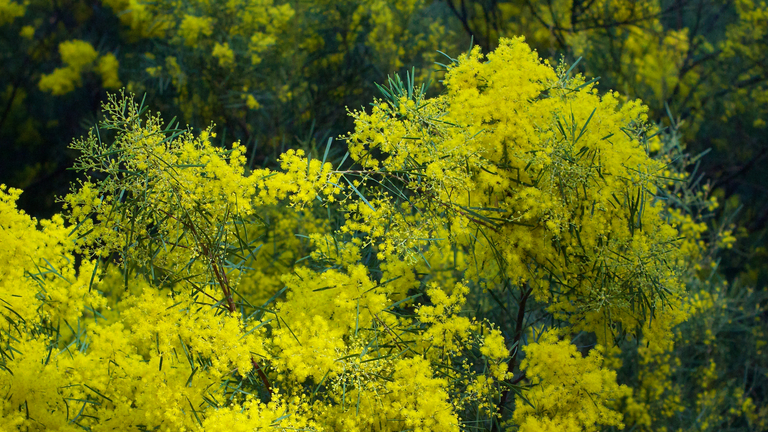 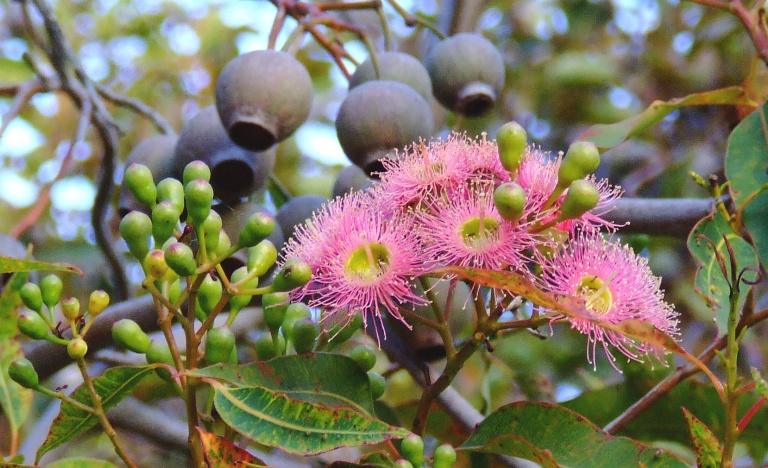 Eucalypts
are one
of the
plant
species which define Australia's natural environment. Blossoming gum
trees provide food for a wide range of insect, bird and animal species.
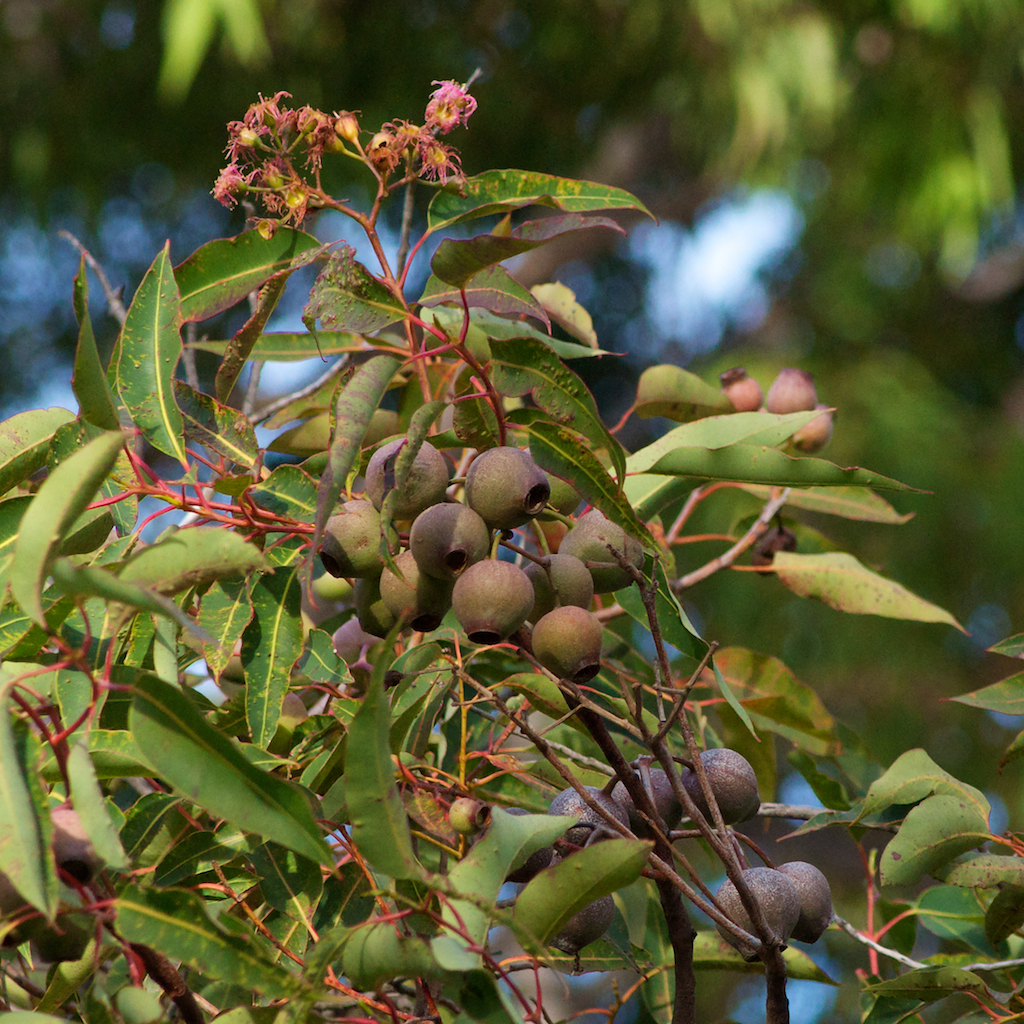 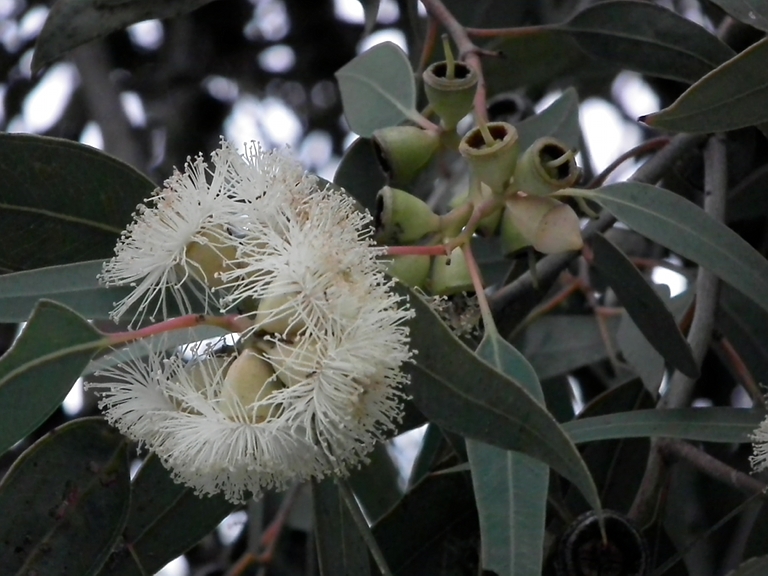 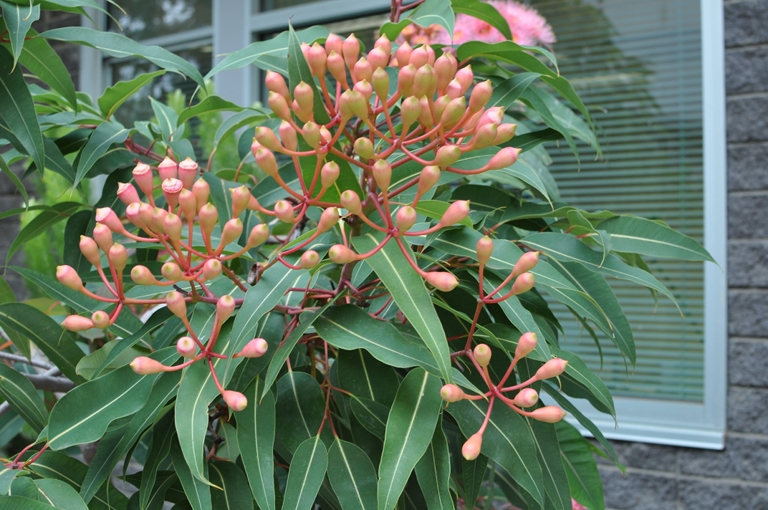 Eucalypt blossoms, pink, above
budding, below fully developed (D90 /
35mm f/1.8G DX).
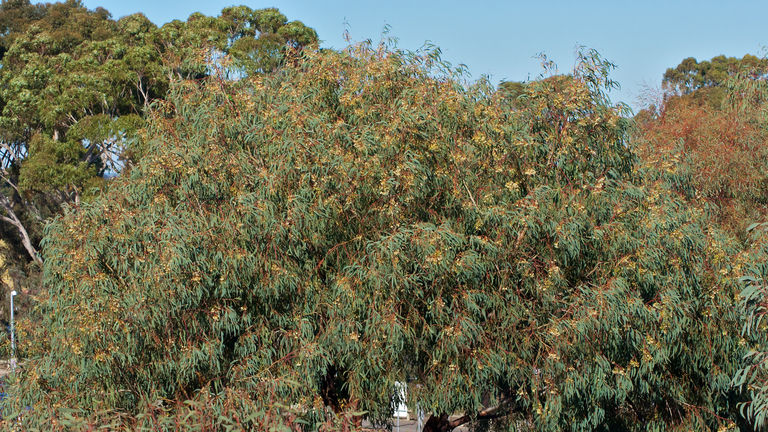 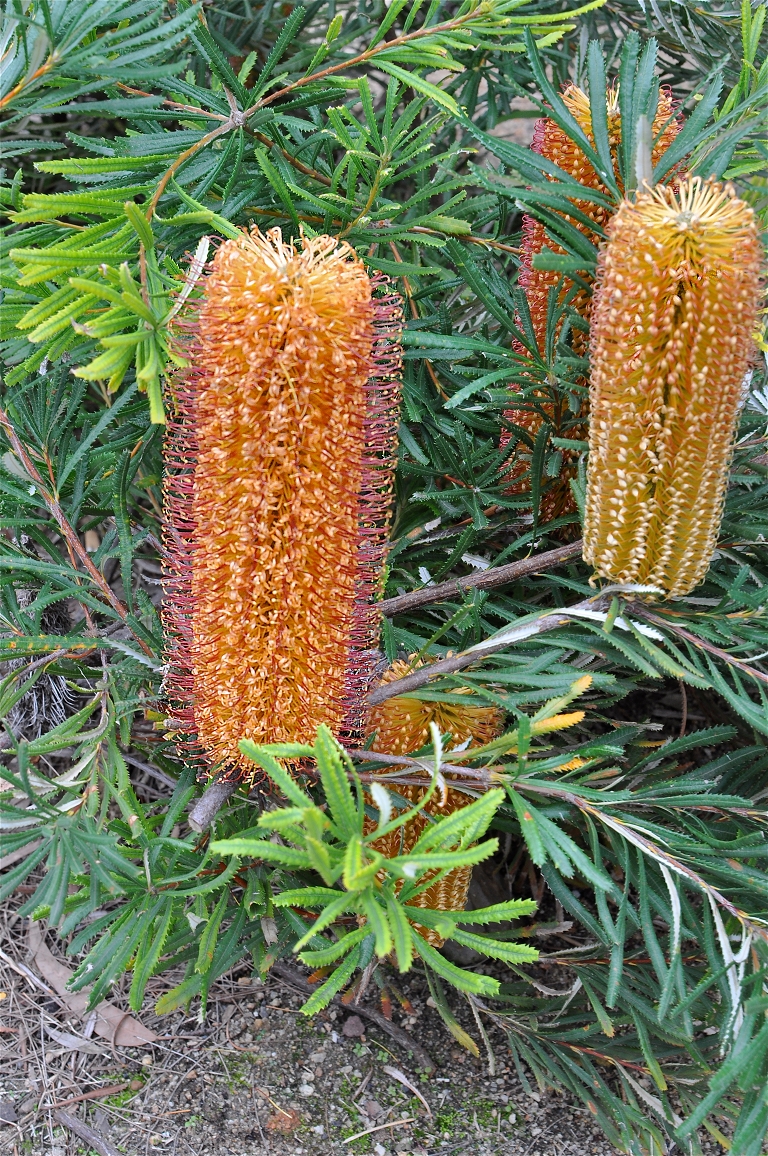 Mature Banksia spinulosa blossom, red form
(Nikkor 35mm
f/1.8G DX ISO 400 1/60 / D90).
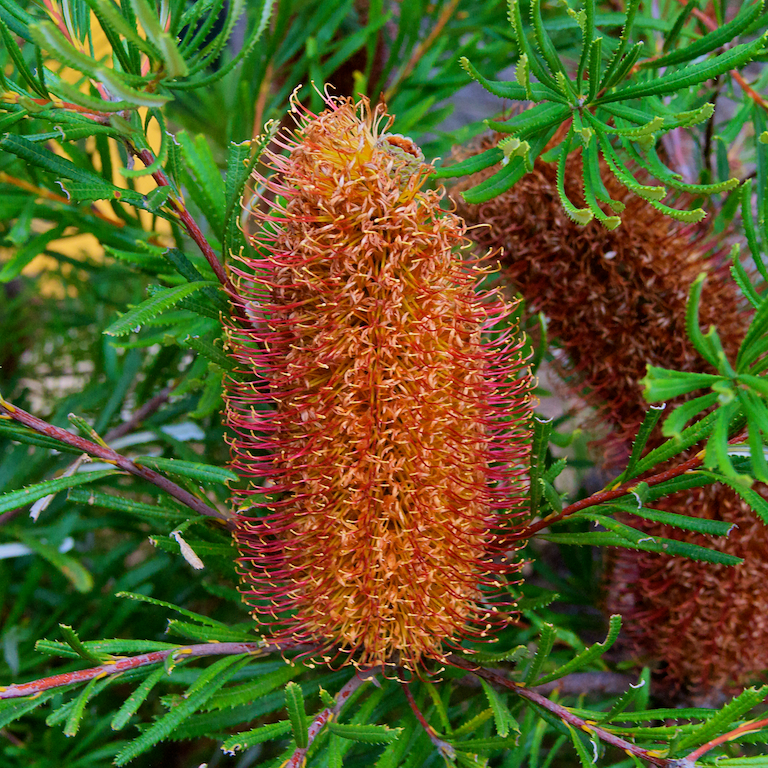 Mature Banksia spinulosa blossom, red form (Tokina 20-35mm f/2.8 ATX Pro / D90). 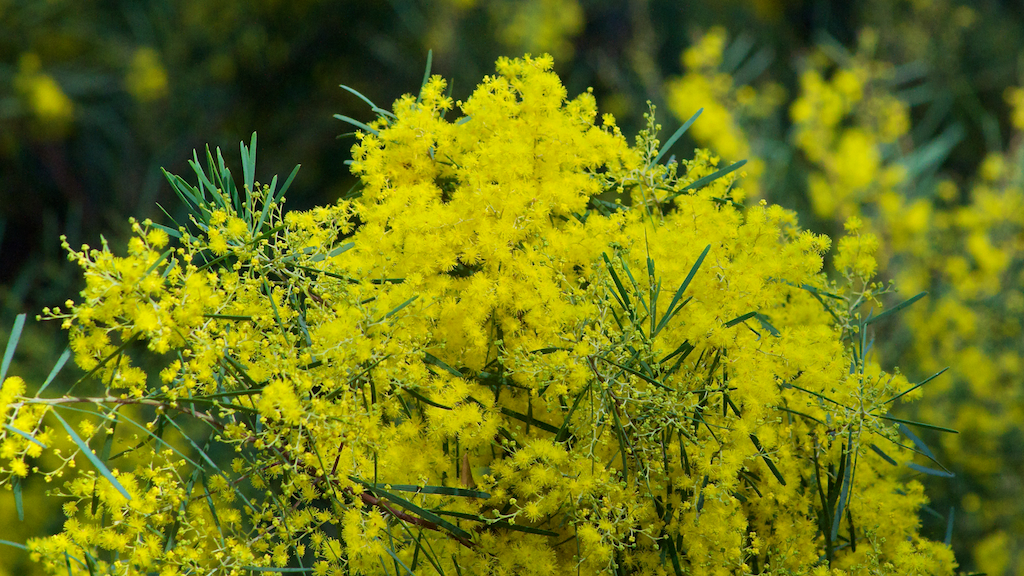 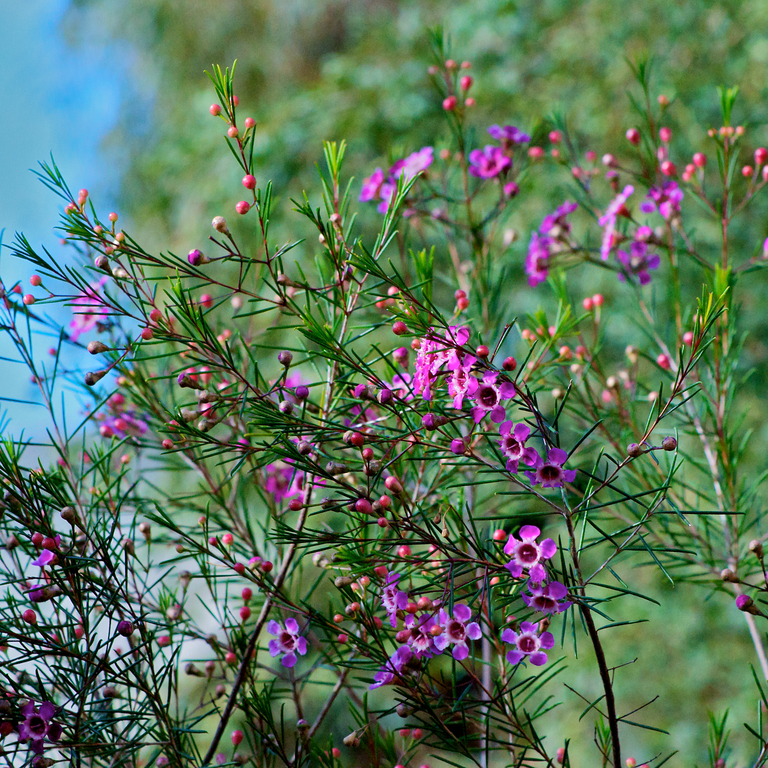 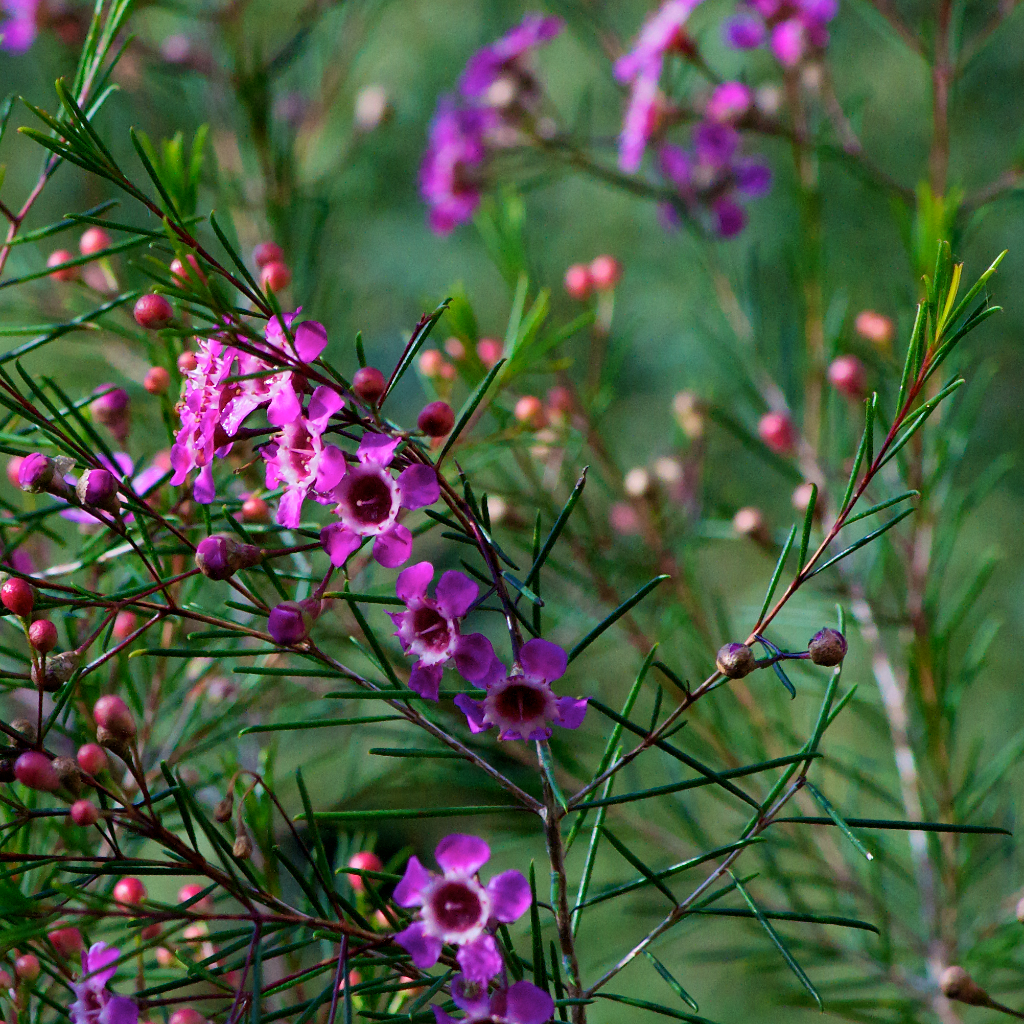 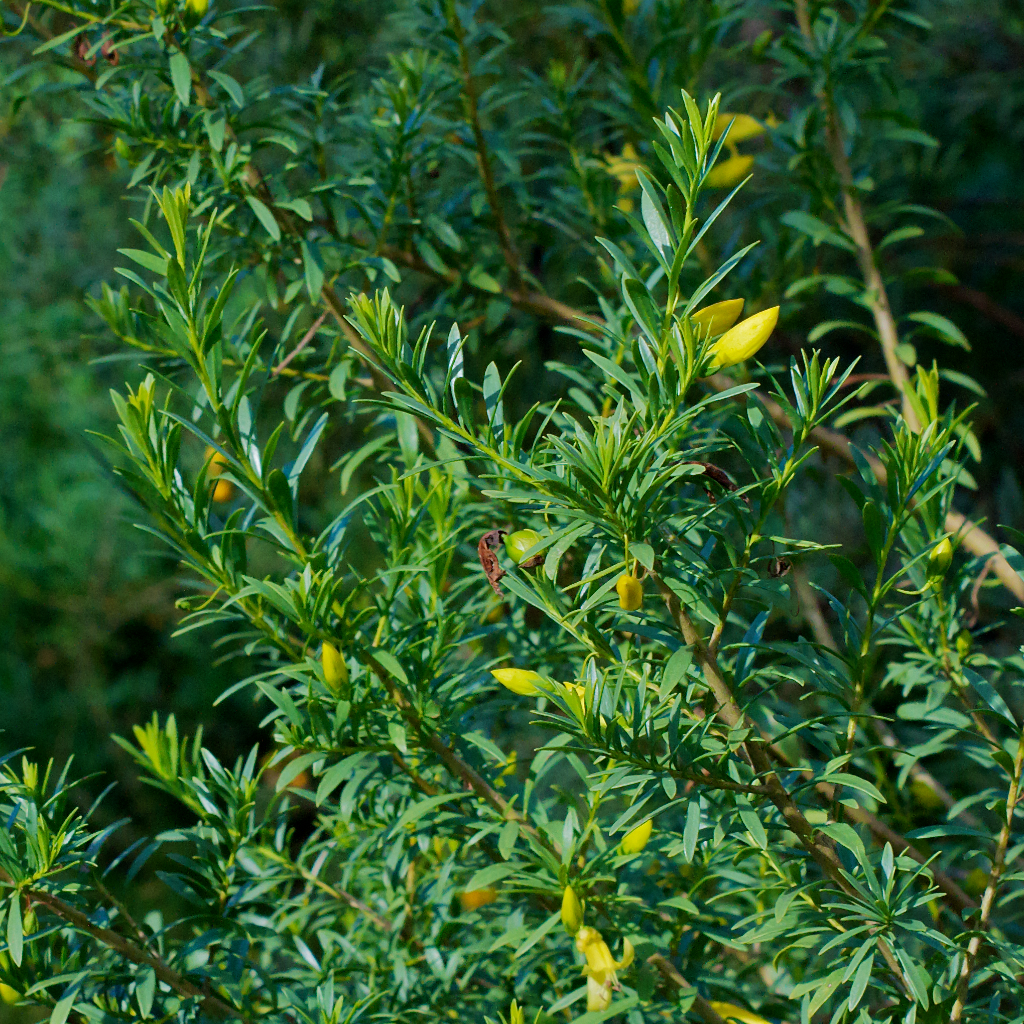  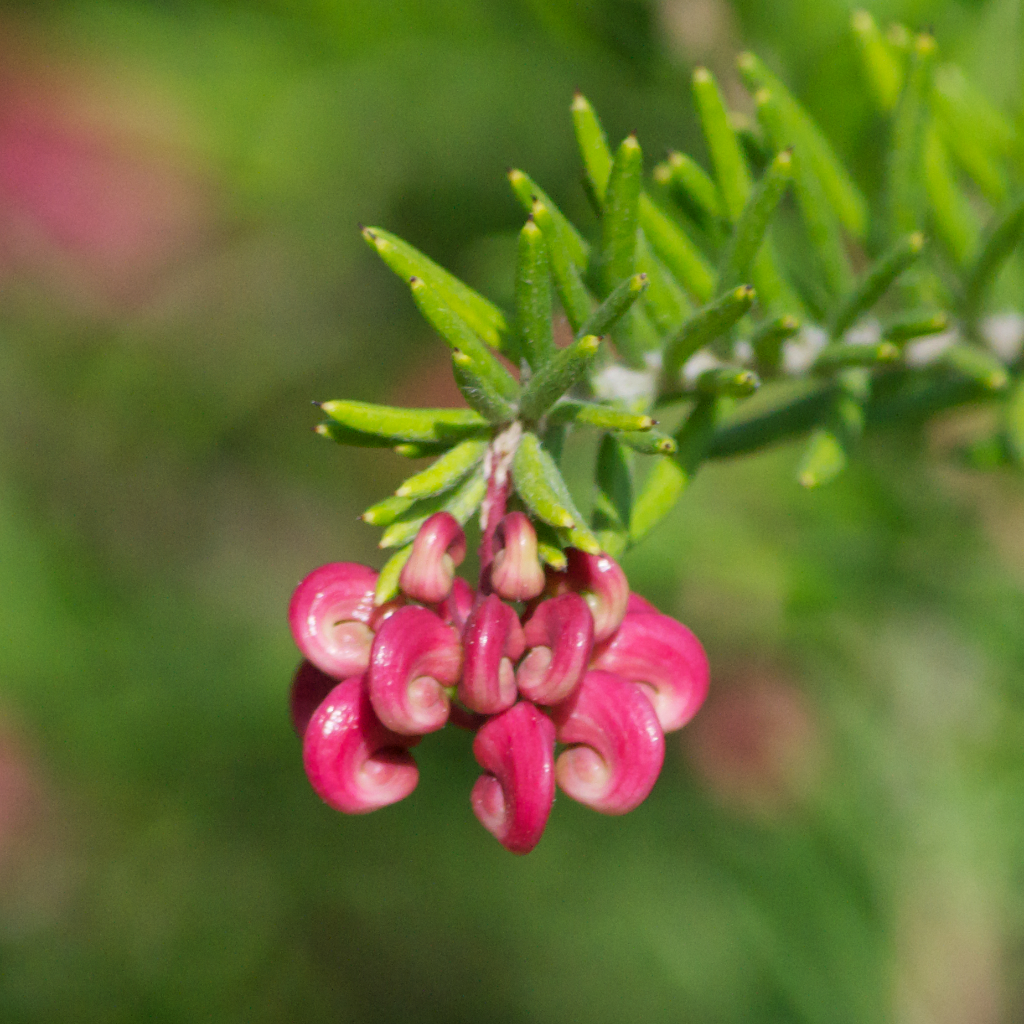 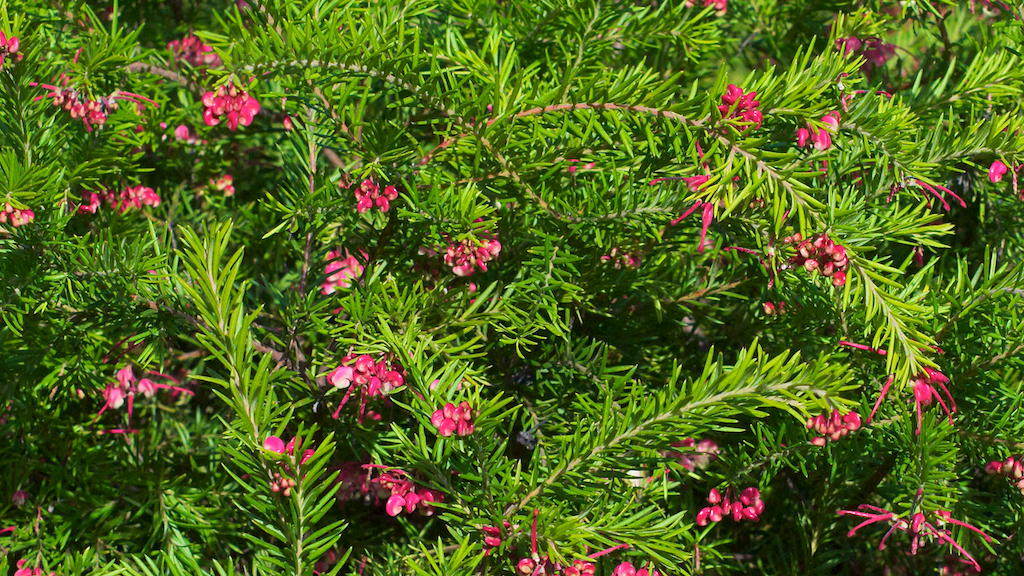 |
|
Other Interesting Wildlife Sites http://www.wildlife-photo.org/  |
|
|||||||||||||||
| Artwork and text ¿ 1994 - 2010 Carlo Kopp; All rights reserved. |
| $Revision: 2.279 $ |